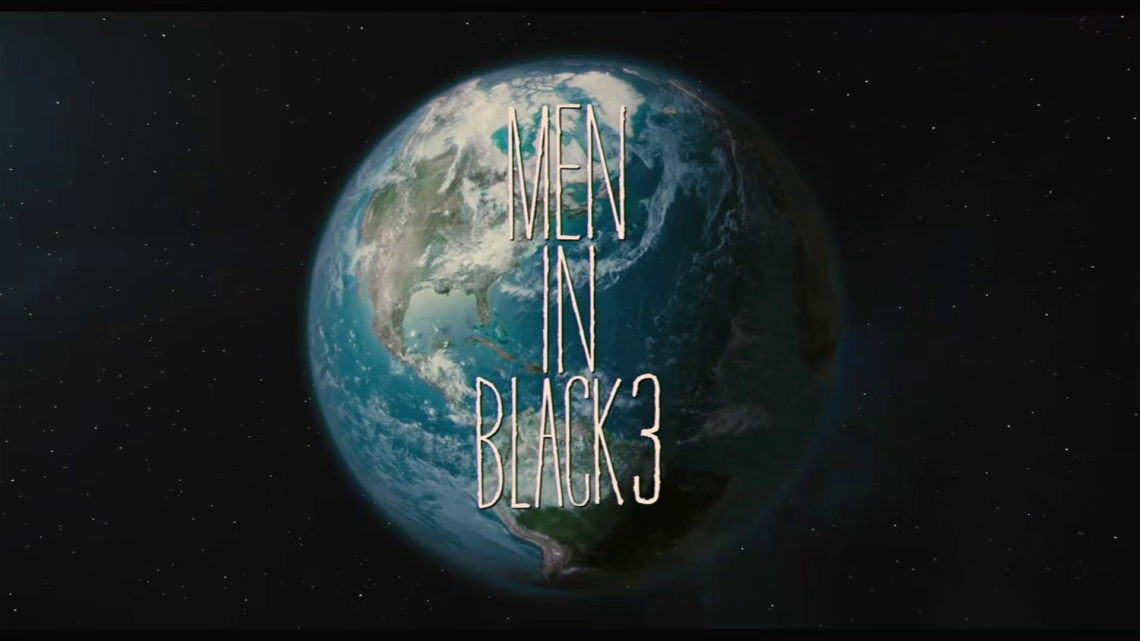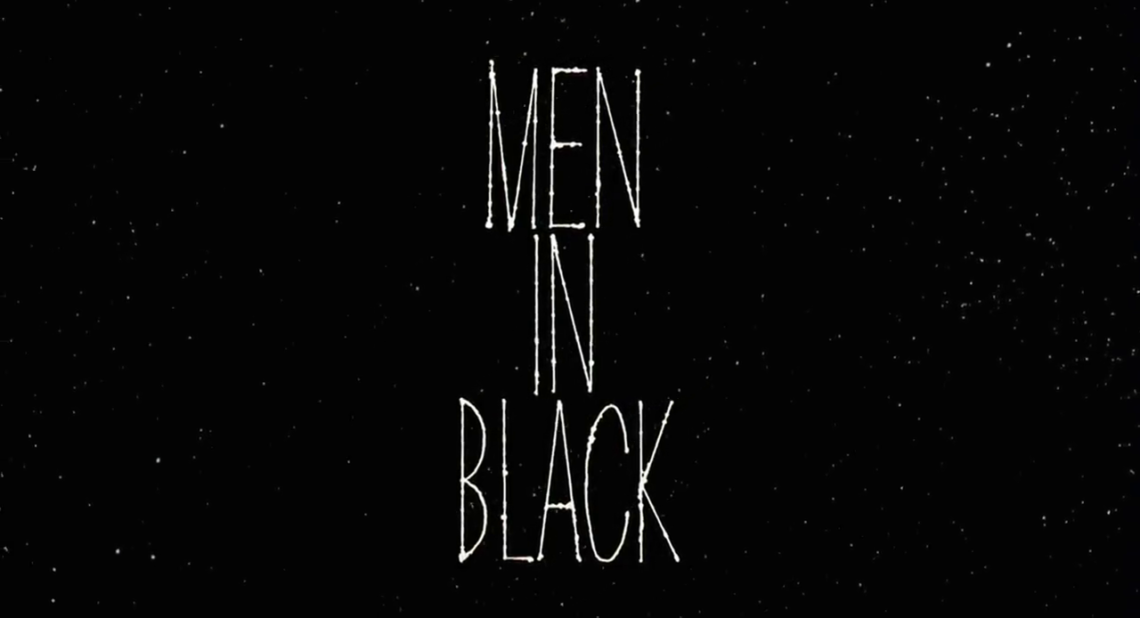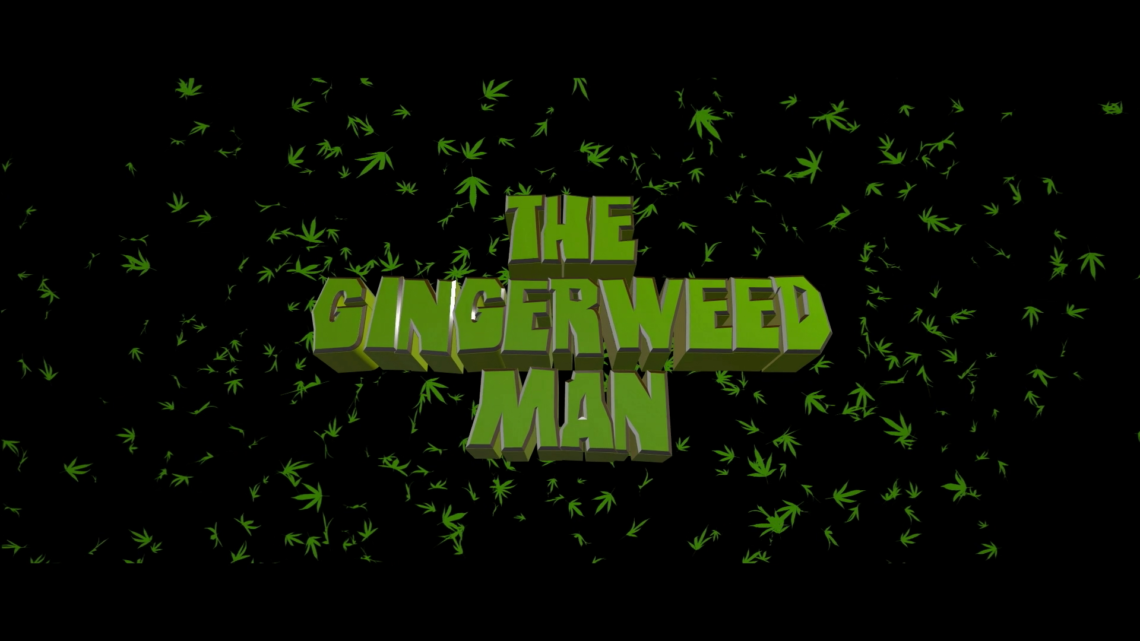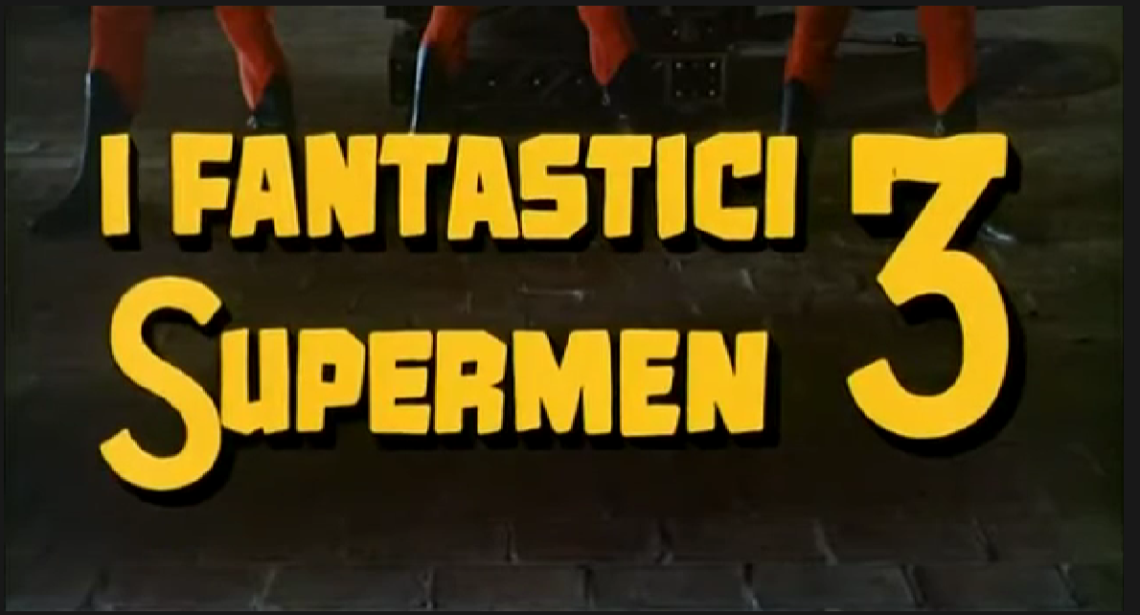-
#537 – National Lampoon’s Men in White (1998)
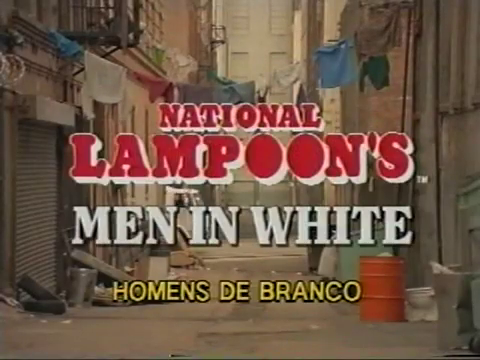
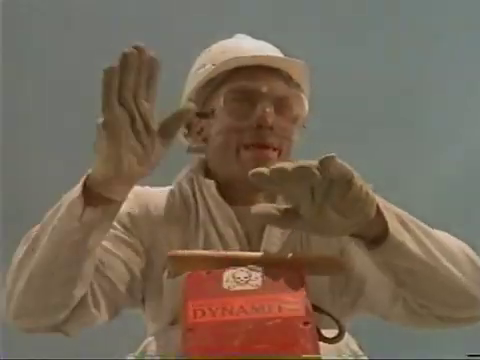
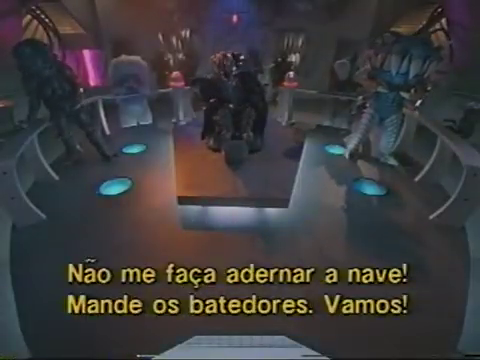
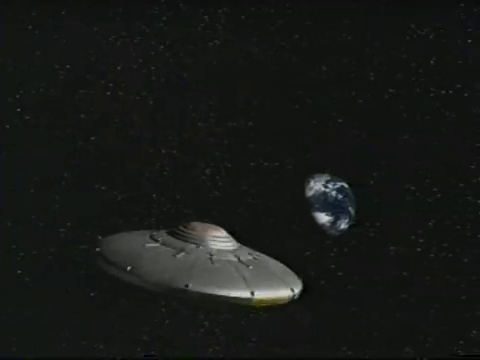
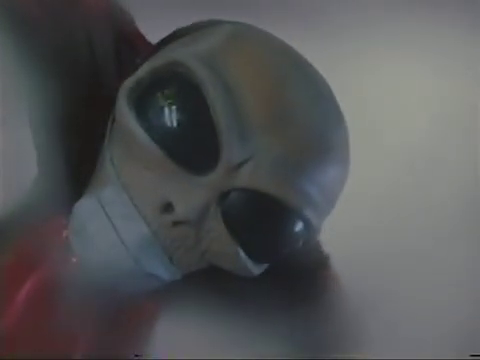
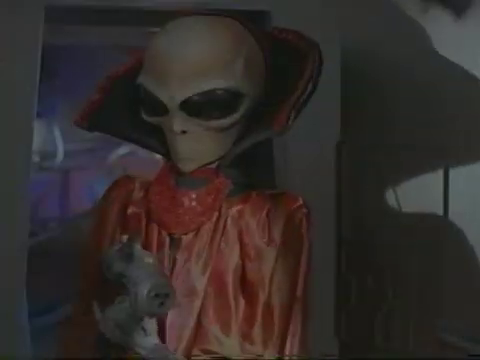
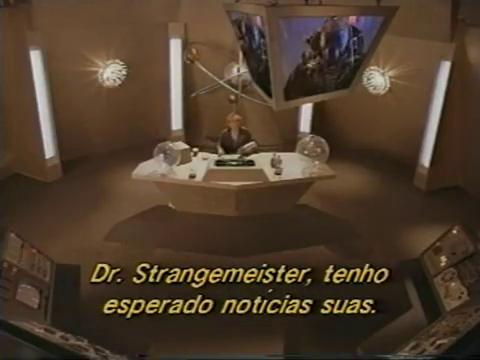
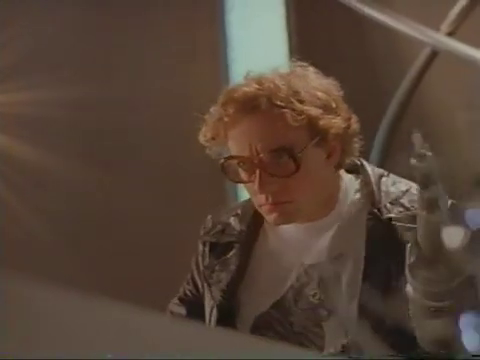
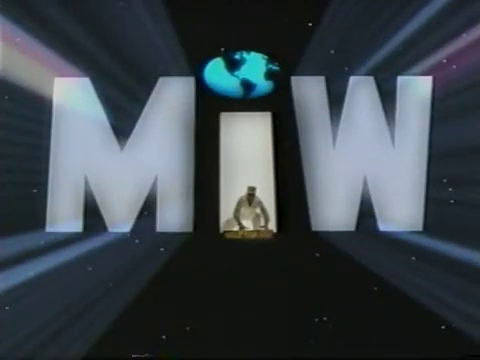
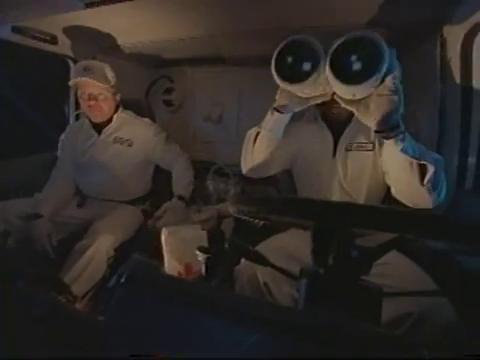
National Lampoon’s Men in White (1998)
Film review #537
Director: Scott P. Levy
SYNOPSIS: Two low-ranking garbage men are abducted by aliens that intend to launch a full-scale invasion of earth. They manage to escape, but are immediately recruited by the government to put a stop to the invasion. However, there are mysterious forces at work that do not want them to succeed…after all, who would put two garbage men in charge of saving the world?
THOUGHTS/ANALYSIS: National Lampoon’s Men in White is a 1998 sci-fi comedy film that is unsurprisingly a parody of the 1997 film Men in Black. The film centres around two garbage men, Roy DuBro and Ed Klingbottom, who are abducted by aliens led by Glaxxon, who intends to invade the Earth with his army. They manage to escape the alien’s clutches, but are almost immediately recruited by the government to stop the invasion by Dr. Strangemeister, who has secretly selected the lowest, most inept government officials to deal with the invasion and fail, since he is secretly working with them. The film is, as the title suggests, a parody of the man in Black film that was released a year earlier, but it is a very loose parody, poking fun at other science-fiction films including Independence Day. The plot is very simple, but it’s just a vehicle for all the gags and comedy, so it’s easy enough to follow. The one thing I’m not sure about is who this film is really aimed at: it has a P.G. rating, and there’s no real adult humour or language, but there’s a fair amount of references that younger viewers probably wouldn’t get. If you’re watching it as a Men in Black parody, there’s enough references throughout the film, and plenty of visual gags that, while nothing special, are still decent. There’s a fair amount of more subtle gags, such as the scenery changing through the President’s windows every scene, which is quite funny, and it reminds me of the Naked Gun films in that no one ever references them. The mix of visual gags, fourth-wall breaking, and slapstick humour is a lot of different techniques that makes threading the film as a whole together problematic; but again, as it’s a comedy-parody film, you can probably just enjoy it for the different gags. Having the National Lampoon’s title attached to it also suggests it would be targeted for an older audience as many of the films are, but I don’t think this is meant to be the case.
The film was produced by Saban International, who most notably do the Power Rangers series, and the aliens and effects definitely have that look and feel about them. Karim Prince, who plays Roy DuBro, also starred in one of the Power Rangers series. There’s a decent mix of CG that doesn’t look too bad for the time, and practical effects that work fairly well. Overall, the film is a mish-mash of different gags that doesn’t really tie together too well, but has a few good jokes (like the scene which makes fun of the Men in Black “neuralyser” that wipes memories). I think the cast is decent enough (apart from the lazy German stereotype of Dr. Strangemeister), but they’re not given too much to do other than delivering bad jokes. It’s not a gripping film, and there’s very little of substance, But I guess for a family film there’s different references and humours for different viewers so I suppose that’s good? I’m not sure anyone who hasn’t watched Men in Black or Independence Day or the like will really appreciate or enjoy it, and it’s references make it a dated film that diminish the humour of the film to modern viewers.
-
#535 – Men in Black 3 (2012)
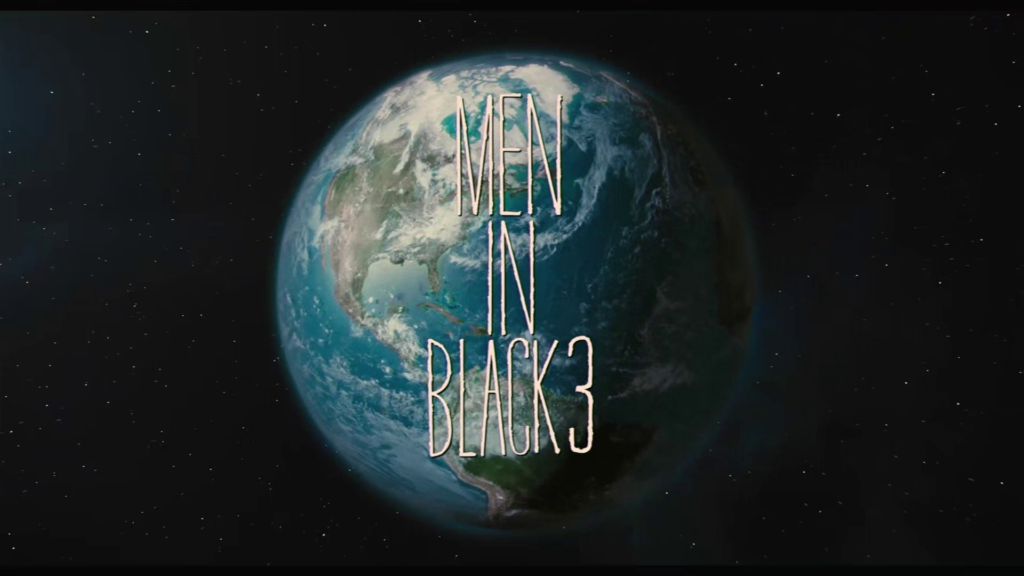
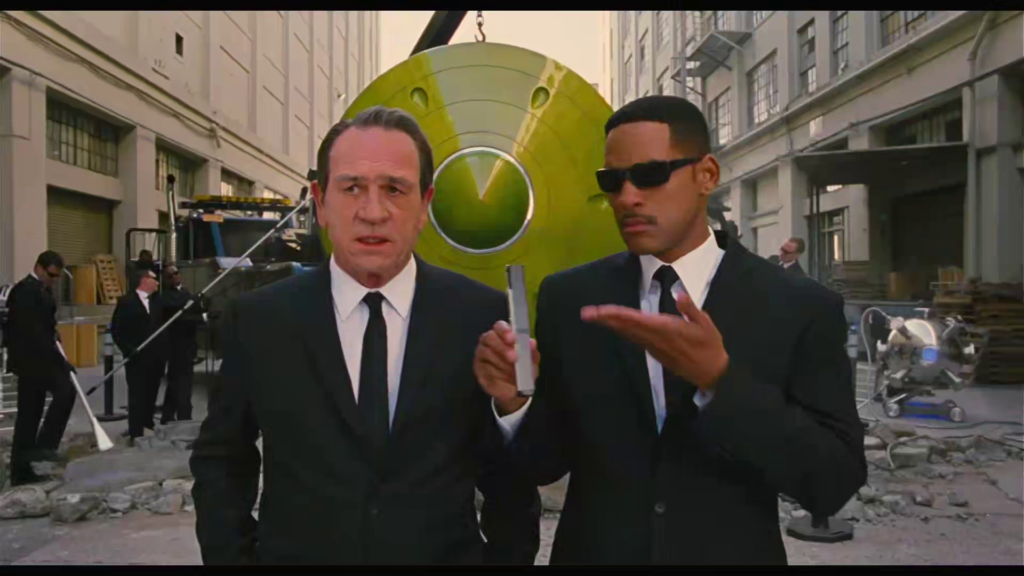
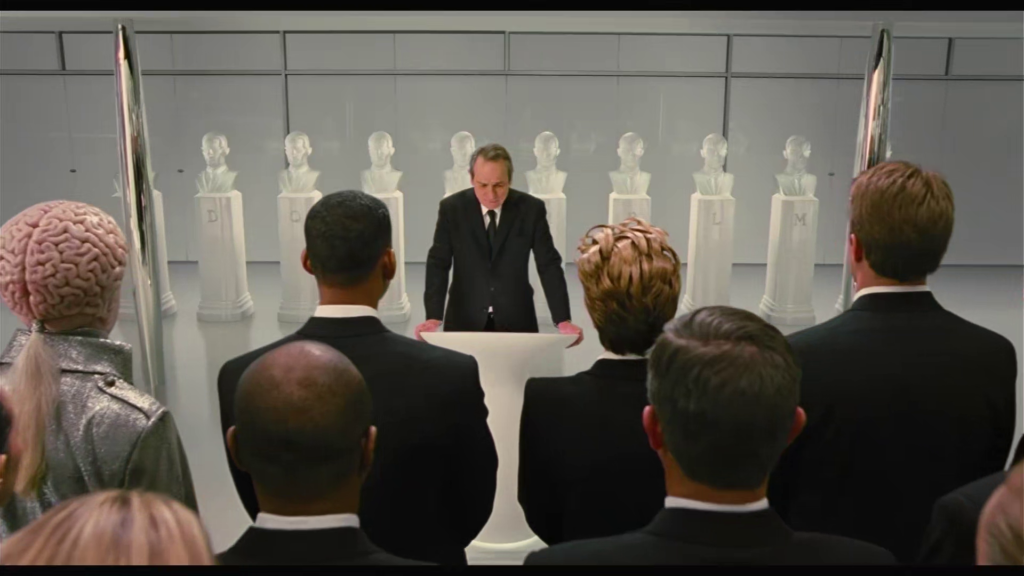
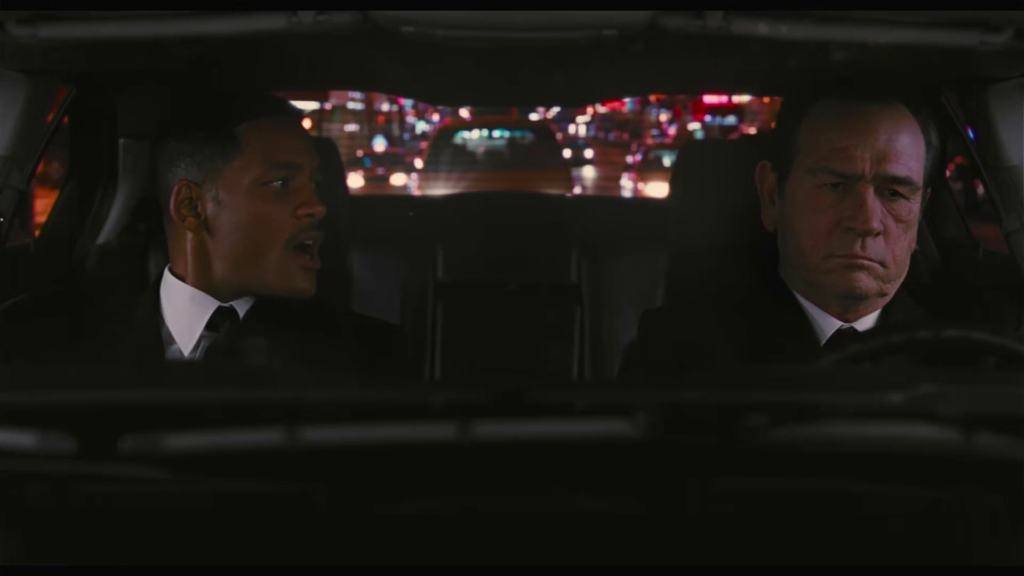
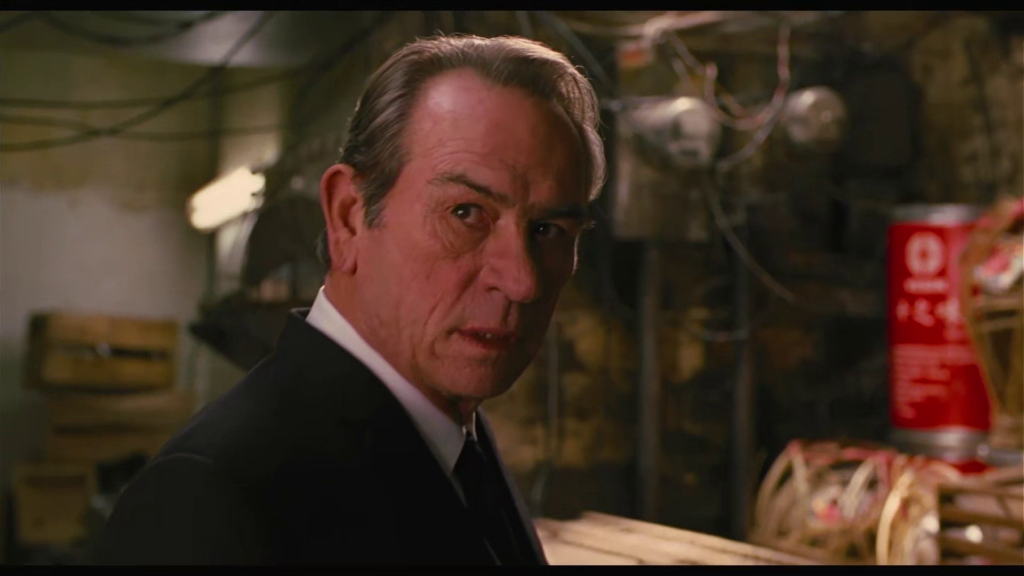
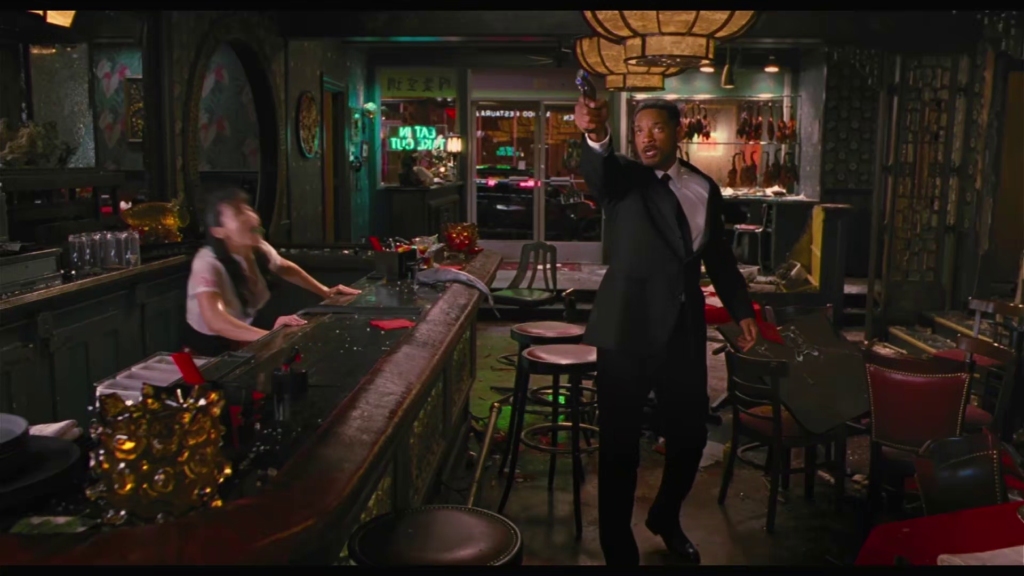
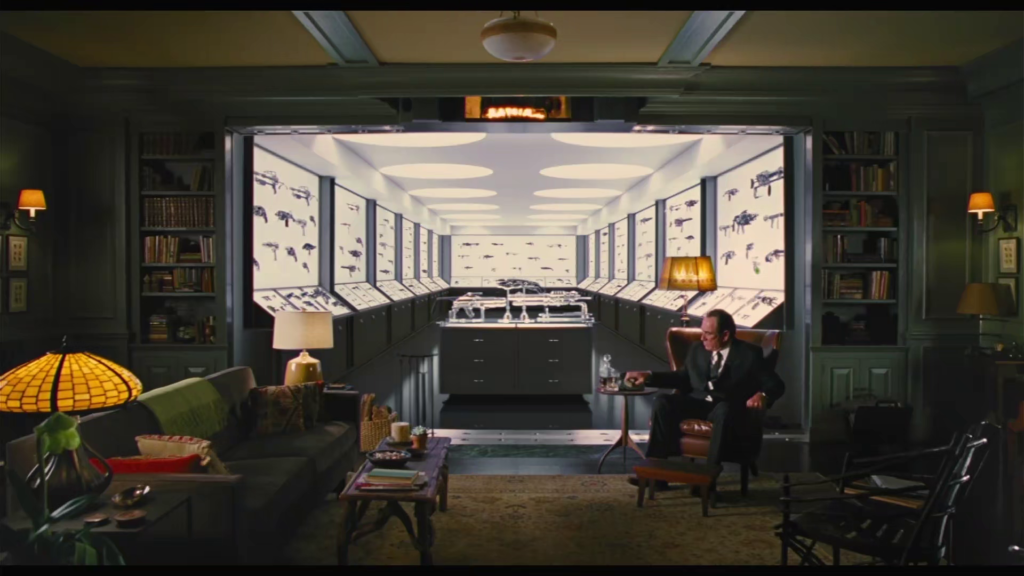
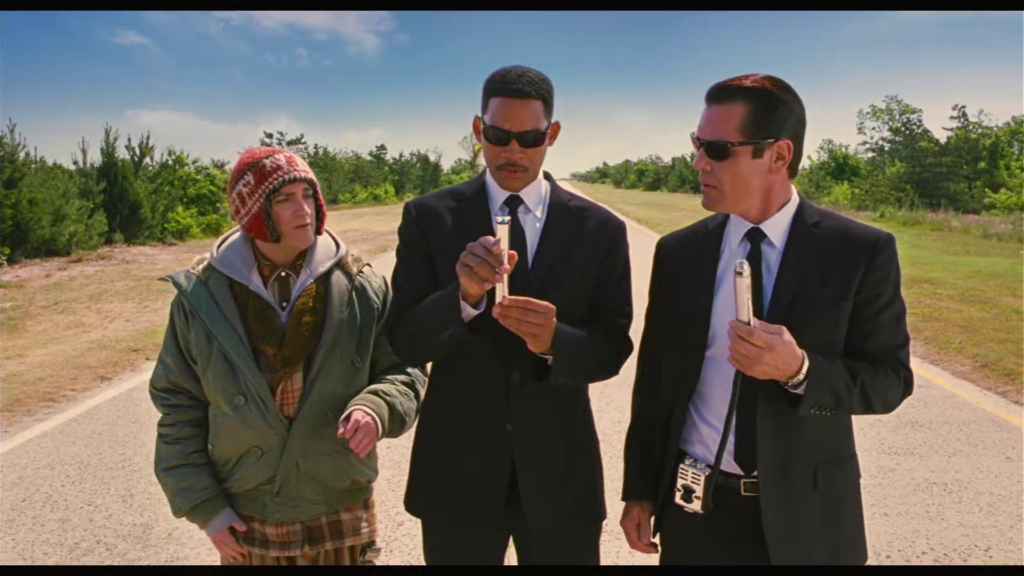
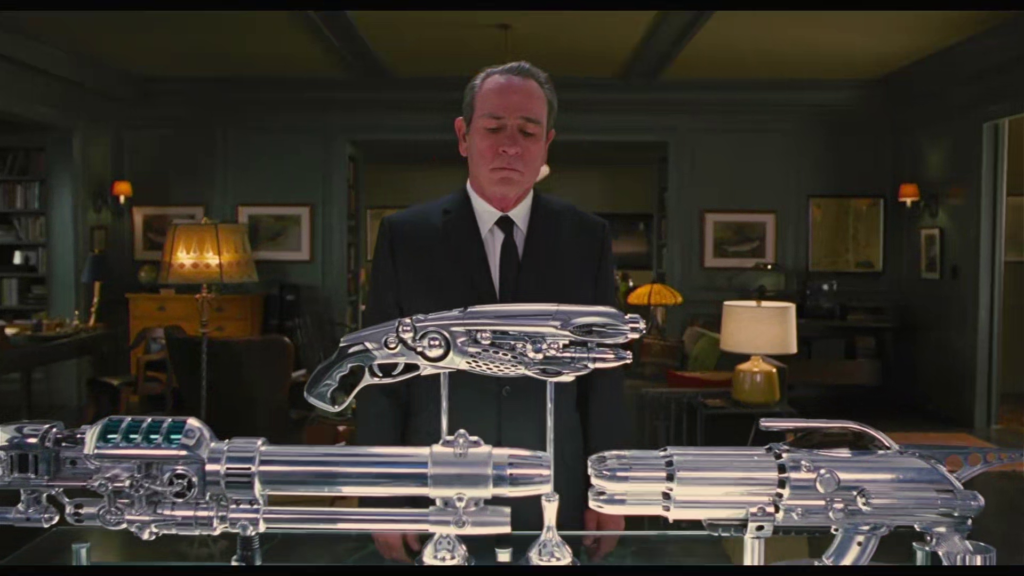
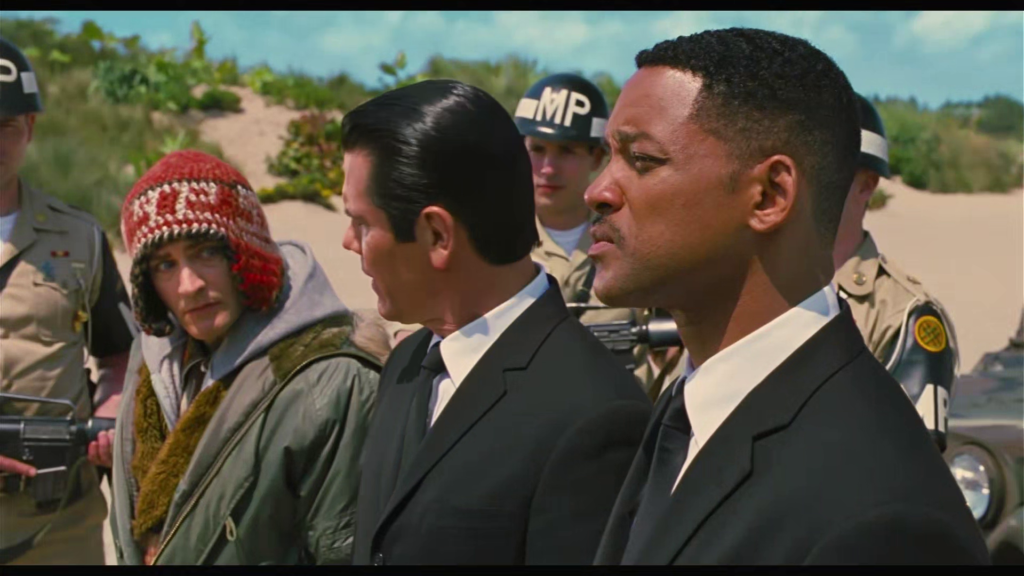
Men in Black 3 (2012)
Film review #535
Director: Barry Sonnenfeld
SYNOPSIS: Agents J and K are investigating an alien incident when they discover one of K’s old enemies, Boris, has escaped from his prison on the moon. J wakes up one morning to find out that K is gone, apparently having forty years ago. It seems Boris has travelled back in time and killed K, so J must also travel back in time to 1969 to prevent K’s death and stop Boris…
THOUGHTS/ANALYSIS: Men in Black 3 is a 2012 sci-fi film and the third in the Men in Black franchise, loosely based on the comics of the same name. The film opens up with a ruthless criminal, Boris (if that is his real name) escaping from his prison on the moon. He heads to earth to take his revenge on the agent who put him there: Agent K. To do so, he travels back in time to kill Agent K, so that his existence for the last 40 years is wiped out. Agent J must himself travel back to 1969 to stop Boris from accomplishing his plan, and save his partner. Bringing in time travel as the core mechanic, the plot has the potential to get very confusing very fast; but the film keeps it mostly simple, so everything stays together well: that’s not to say that there’s no questions surrounding some of the effects of time travel, because there is, but they don’t distract too much from the plot. The enemy this time is Boris, an alien who was imprisoned on the moon because he is such a menace. His whole plot again isn’t too important, and mostly serves as a catalyst to the main element of the film and the previous ones, which is the relationship between agents J and K. On this point, the film again gives us a solid and in-depth exploration of their characters and interactions, and while some of it is re-treading ground from the first two films, there is enough that is new and refreshing to make it worthwhile to sit through. The plot goes at a decent enough pace, and holds back enough mystery and suspense to make a decent payoff at the end, and enough energy along the way to sustain your attention until you get there. The film does gloss over many of the events of the first two films, and there’s some incongruities there, but on the other hand, it also makes this film easily a standalone feature, while still being an extension of what went before. Given the ten-year gap between this film and the previous one, it makes sense that the film can stand on it’s own, as some of it’s viewers will not have watched the first two, or simply forgot the particulars.
While the first film had a rather conventional relationship between J being the rookie, and K being the veteran agent; the second reversed this relationship by having J re-recruit K, which turned J into the veteran, but this reversal didn’t really work for a number of reasons (which I laid out in my review of the film). Men in Black 3 uses the time travel element to again reconfigure their relationship. J and K are essentially equals, but K still refuses to open up about his life. When J travels back in time to 1969, his relationship with young K is a bit more dynamic: J is the veteran, but he’s also a “fish out of water” in 1969, and K is the junior agent, but knows how everything works in that time, so neither of them are the rookie, but neither are they both the vets, so they’re on equal, but even footing, which gives their characters something new and interesting to explore throughout the film. Josh Brolin as young K does a really great job here: he captures Tommy Lee Jones’ K very well, while also putting enough of a spin on it to make it his own. Will Smith is still able to do what he does best getting into slapstick and humourous antics, but his maturity also lets him have some emotional moments too. The supporting characters and villain fill their roles well enough, but they’re nothing too special, but again, the series has always hinged on J and K’s relationship first, and alien invasions and agency bureaucracy second.
The film does a good job brining the 60′s Men in Black to life, with plenty of fun weapon and vehicle designs, and some creative aliens too. While the pop culture references in Men in Black II aged the film and didn’t really work, the time travel element gives the film more free reign to bring 60′s culture to life without aging the film itself. The ending of the film, which isn’t too hard to work out what’s going to happen when it gets underway, is nevertheless emotional and gripping, and feels like a good pay-off. I felt like maybe the film ends a bit too abruptly after though, as it generates all of these emotions, and never works through them to any degree, and so just leaves them hanging in the mind of the viewer with no outlet for them, but I think that others could easily be more satisfied with the ending, and so that point is probably more a matter of opinion than a critique of the film. Overall, Men in Black 3 is definitely an improvement over it’s predecessor, although Men in Black II lowered the bar a fair amount. It’s not a perfect film and still struggles with story outside of it’s core characters, but the film offers a fresh angle on exploring the relationship between the two main characters, while also still being fun and entertaining. Predictable in some parts, but still offers up enough fun and heart to be worth a watch for fans of the franchise, and tight enough to watch as a standalone film if you’ve never seen any of the others.
-
#533 – Men in Black (1997)
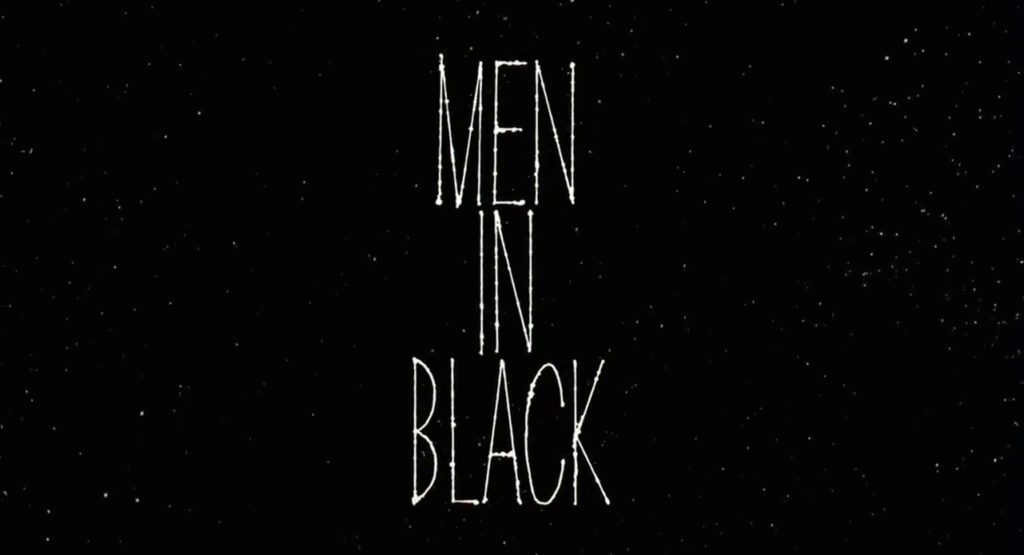
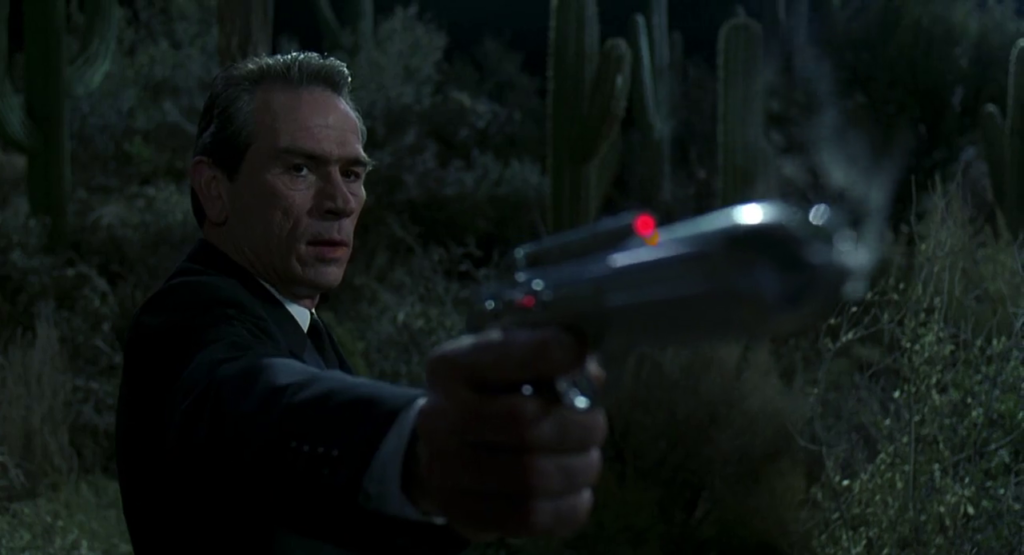
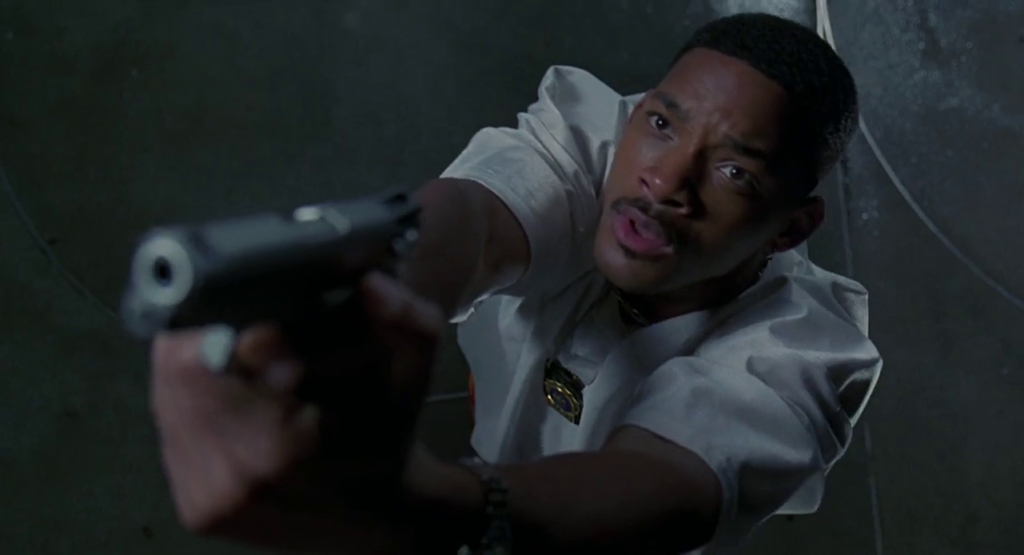
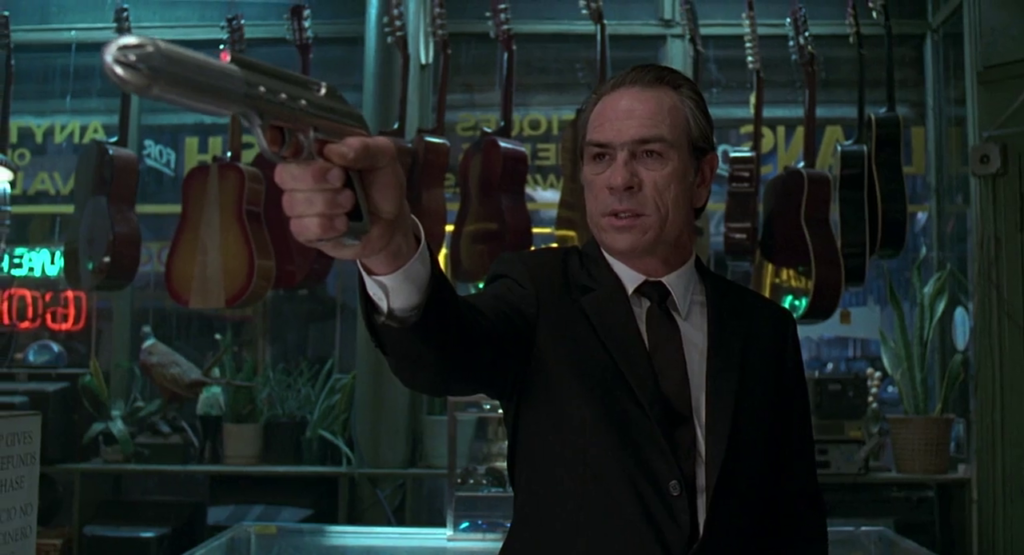
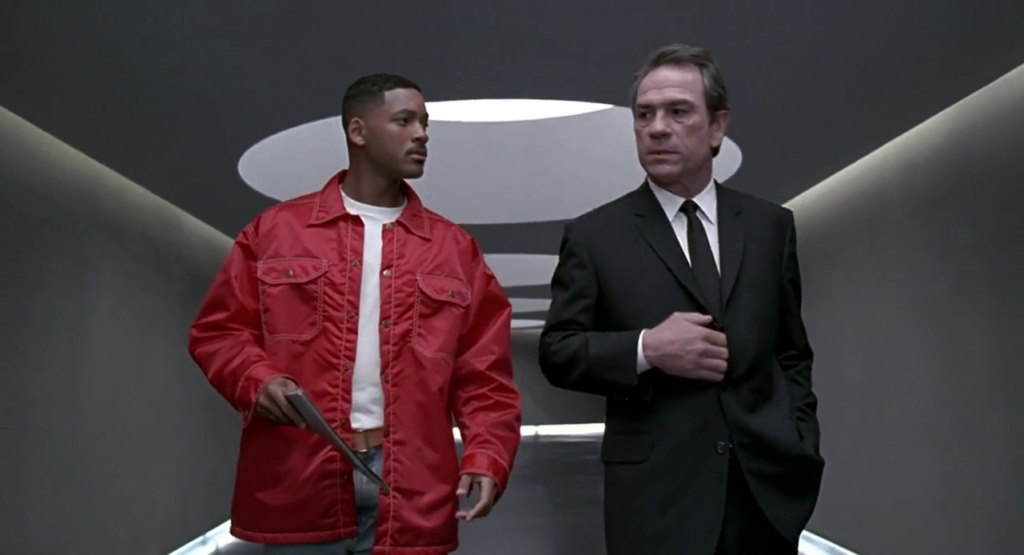
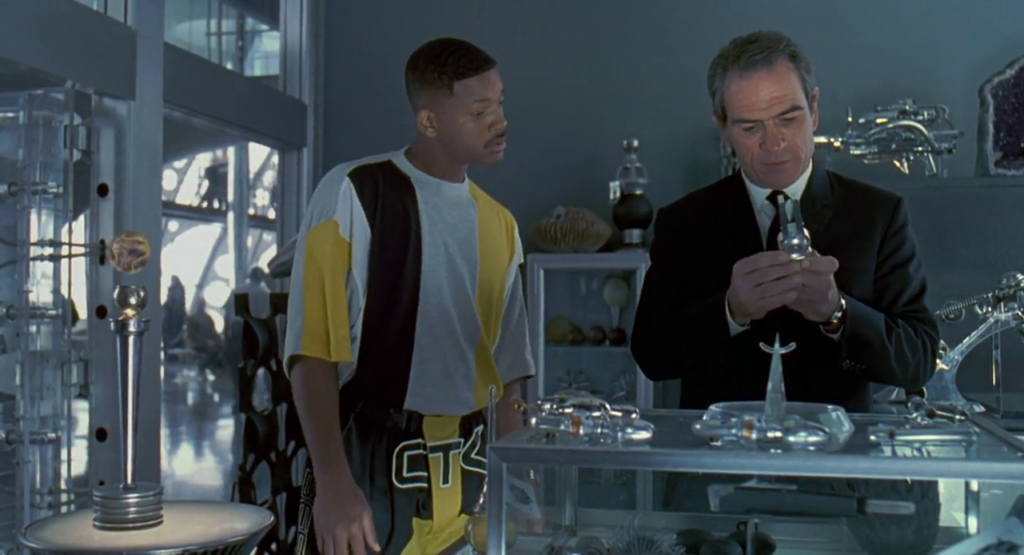
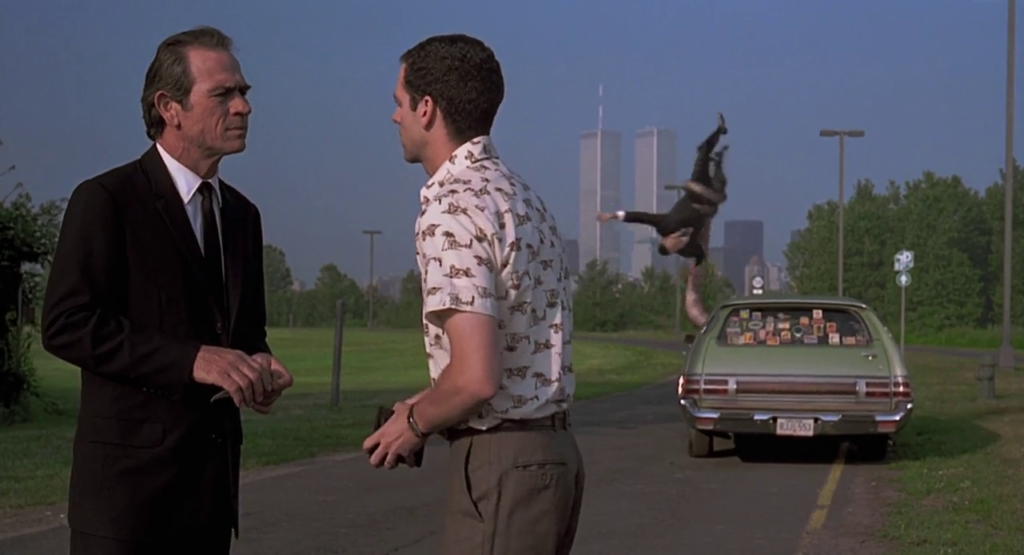
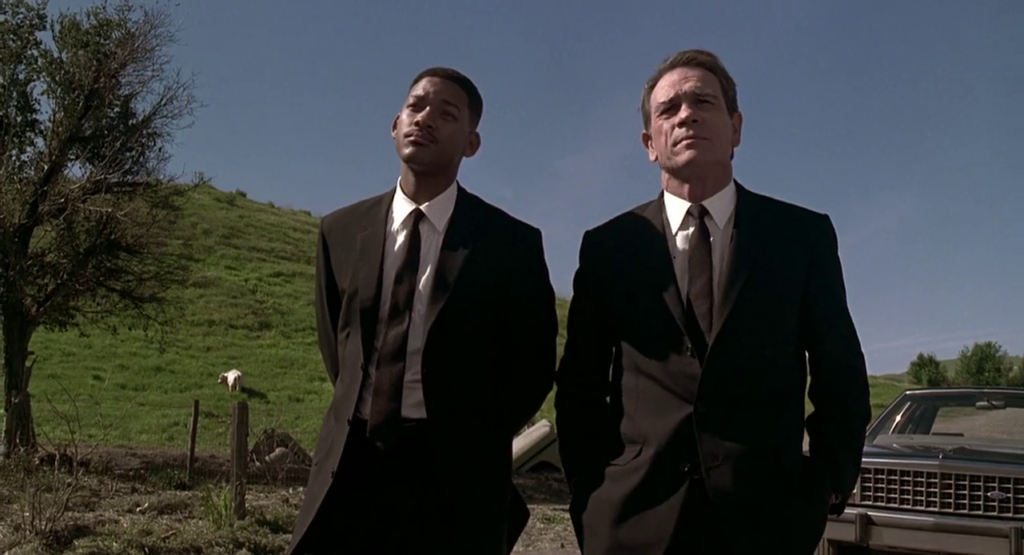
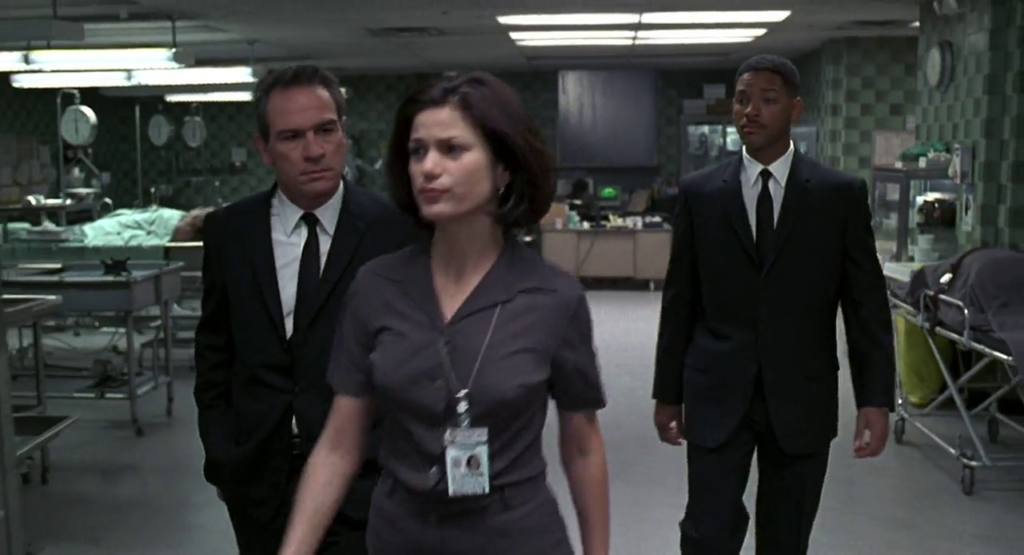
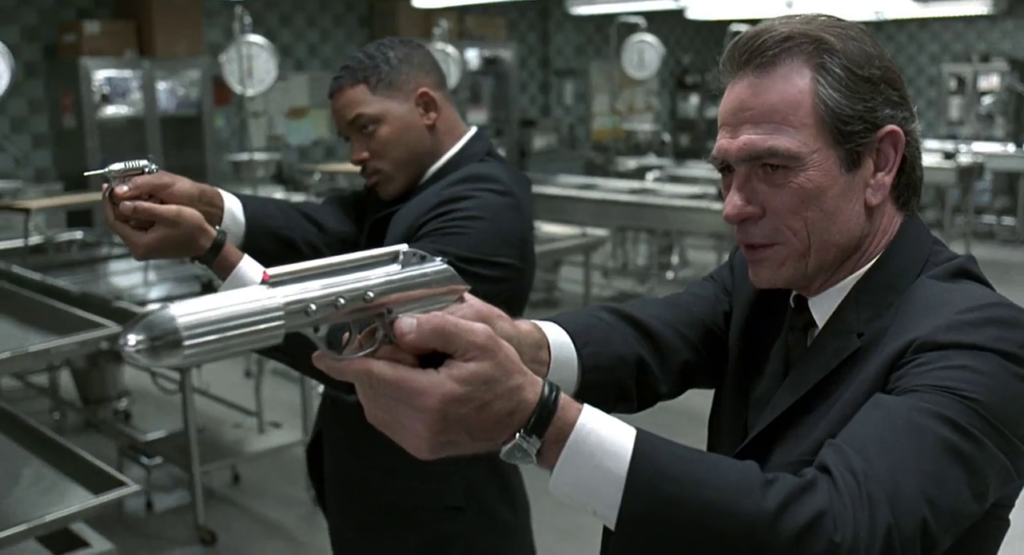
Men in Black (1997)
Film review #533
Director: Barry Sonnenfeld
SYNOPSIS: N.Y.P.D. detective James Edwards chases down a criminal that turns out to be an alien, but no one believes him, until a mysterious man dressed in black turns up, and ultimately wipes his memory. He does however, give him the chance to prove himself, and James becomes Agent J, the newest member of the Men in Black, a secret organisation that monitors and regulates alien activity on Earth. Meanwhile, an intergalactic threat that endangers the Earth emerges, and agents J and K must stop the alien menace and prevent the planet’s destruction.
THOUGHTS/ANALYSIS: Men in Black is a 1997 sci-fi film loosely based on the comic series of the same name. The film centres around a secret organisation (unsurprisingly) called the Men in Black: who monitor and regulate alien activity on Earth, while keeping their existence hidden from the public. NYPD detective James Edwards chases down a suspect which turns out to be an alien in disguise, but no one believes him. That is, until a man dressed in a black suit arrives and confirms his suspicion that aliens are real. The man wipes James’ memory, but gives him the opportunity to join the Men in Black. The best part of the film is definitely between agents J and K, as Will Smith and Tommy Lee Jones fit in to their roles perfectly, and their chemistry is very entertaining. It’s perhaps a bit cliché with J being the streetwise, wisecracking cop, and K being the dry-humoured, grizzled veteran, but they definitely make the roles their own, and together they just work so well. The supporting cast also fit their roles well, and have very specific roles to play. The other plotline other than Agent K training J is one that involves a bug-like alien attempting to find a miniature galaxy that doubles as an energy source, and a diplomatic incident that threatens to end in the earth’s destruction. It’s not as interesting a plot point than J and K’s development, and when the film moves towards the climax, the film does lose focus a bit. Nevertheless, it’s still an entertaining ride, and a comfortable runtime so that it doesn’t overstay it’s welcome.
The film makes considerable effort to create it’s world, and the sets, designs and effects all help build it up into something imaginative and fun. The Men in Black headquarters, and their weapons and gadgets are slick, the alien designs are varied and obviously have had a lot of effort put into them, and although the CG has obviously aged a bit since 1997, it still looks decent and doesn’t disrupt the enjoyment of the film. Add to this the recognisable soundtrack by Danny Elfman, and you have a very competent production all round. Apart from the film losing momentum near the end, Men in Black is a fun, entertaining film that gets the best out of it’s cast and those behind the scenes. It was also successful enough to launch a franchise, including sequels, an animated series, and video games. The film opens up plenty of possibilities to be explored, but never gets too heavy with the lore and exposition, and focuses on being an entertaining film that, while leans a lot on the buddy-cop trope and the rookie partnered with a veteran, it has enough of a twist on it, and amplified by the lead’s chemistry, it feels fresh enough. It still holds up as a good film with enough humour and action to make it worth a watch if you’ve never seen it before.
-
#532 – Lobster Man from Mars (1989)
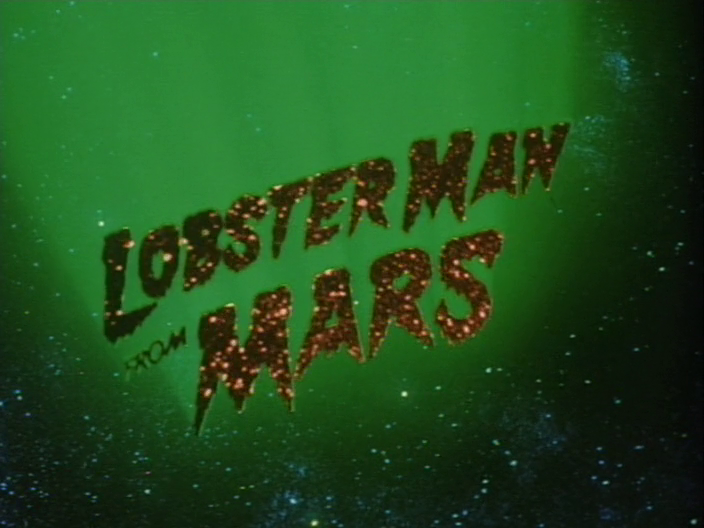
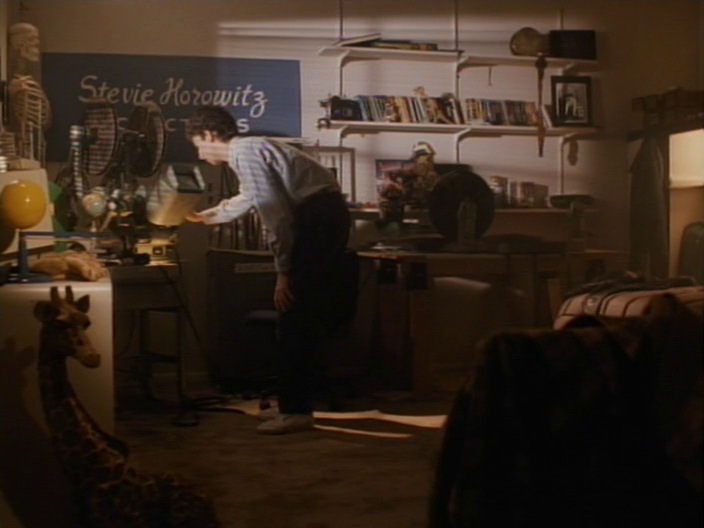
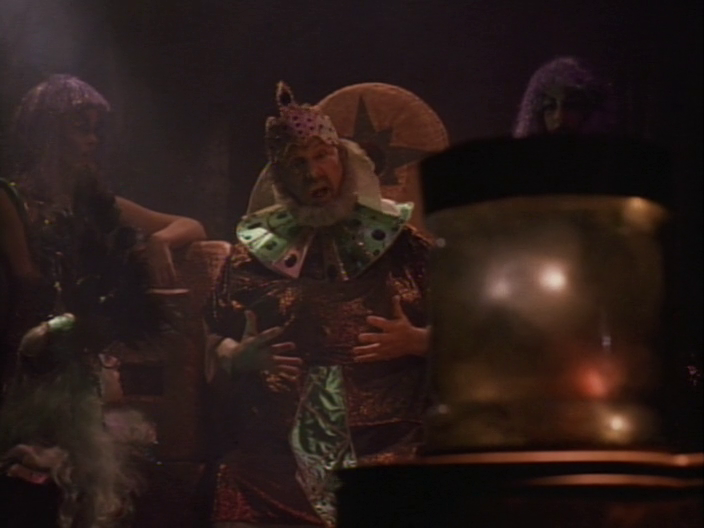
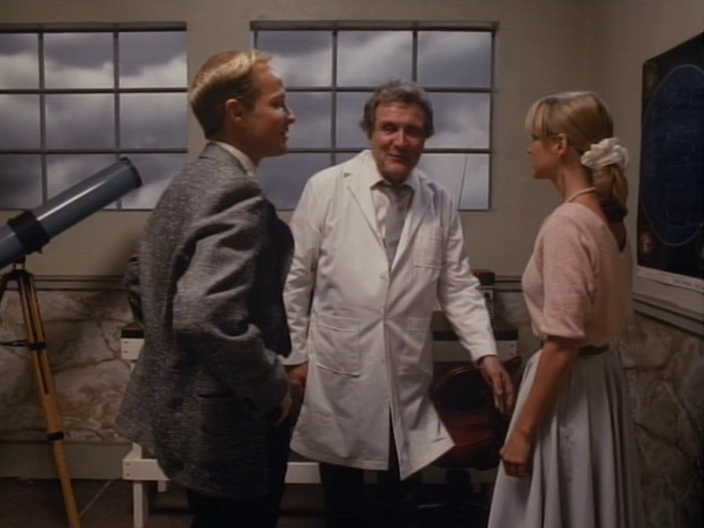
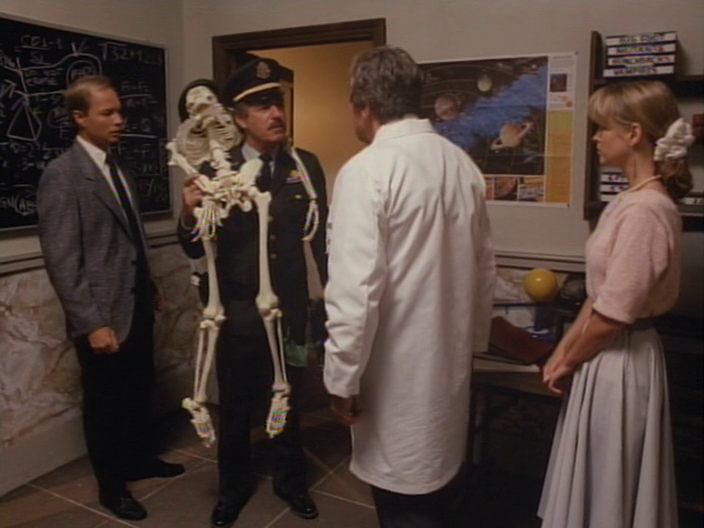
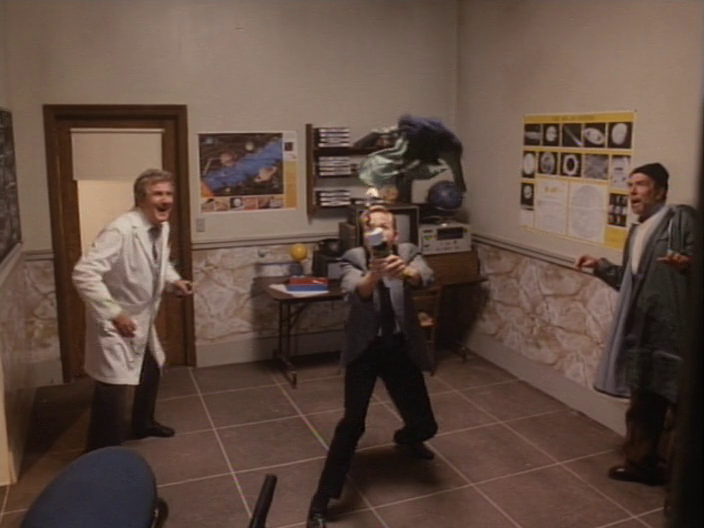
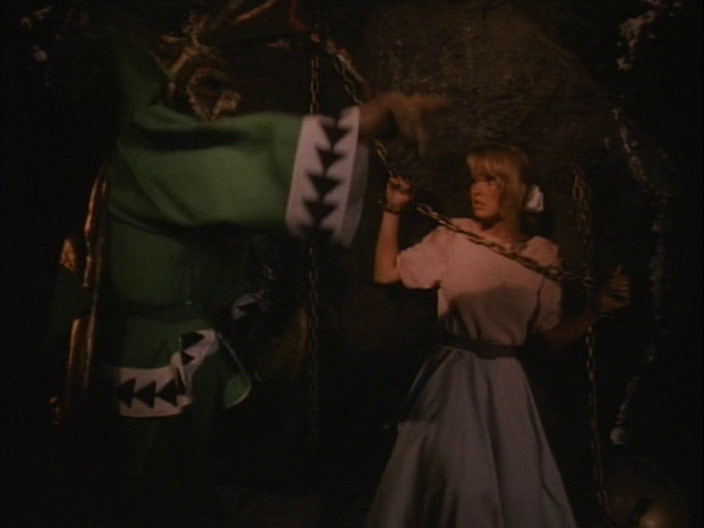
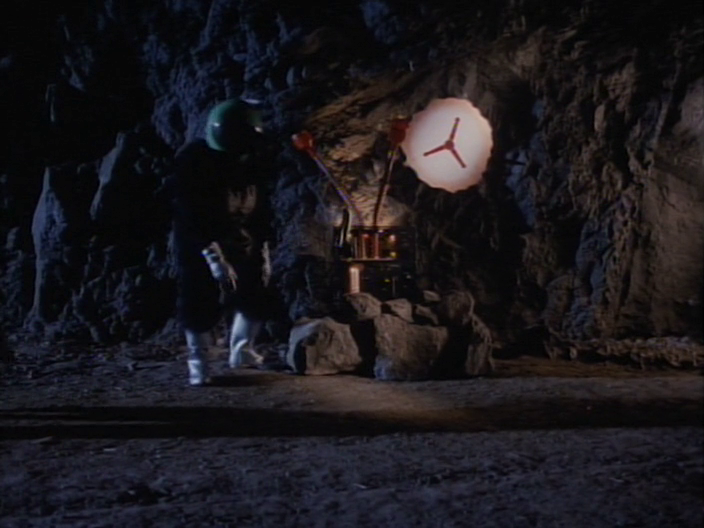
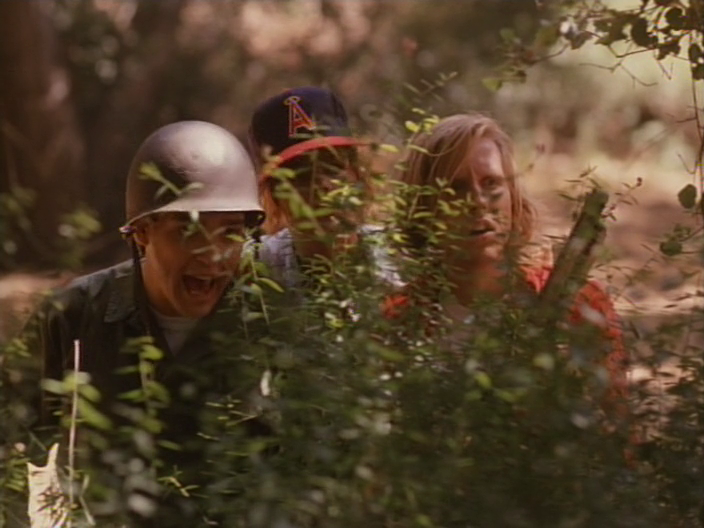
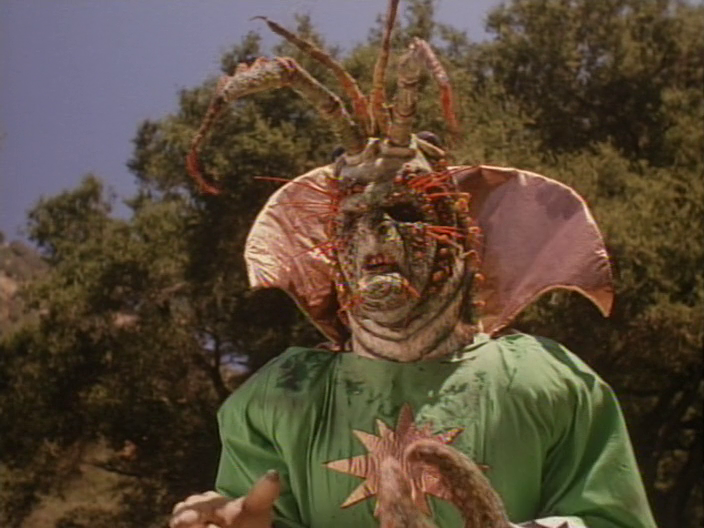
Lobster Man from Mars (1989)
Film review #532
Director: Stanley Sheff
SYNOPSIS: A movie studio executive is plagued by money problems, and requires a tax-write off to keep the IRS away. He decides to produce a film brought in by a young film writer that is utterly absurd: “Lobster Man from Mars…”
THOUGHTS/ANALYSIS: Lobster Man from Mars is a 1989 sci-fi film within a film. Opening up, we see Movie mogul J.P. Sheldrake, who is facing monetary pressure from the usual suspects: his ex-wife, the I.R.S., and so on. He decides he needs to release a movie that flops so badly he can make it a tax write-off and keep those he owes money to at bay. Fortunately, young movie writer/producer Stevie Horowitz walks in with the perfect potential film: Lobster Man from Mars, a film in the style of the old b-movie sci-fi films. The film (as a whole) becomes a film-within-a-film: The movie mogul sits in a theatre to watch the “Lobster Man from Mars” film, and we watch it as well, with a few occasional cutaways to Sheldrake to offer his thoughts. It’s an interesting setup, but was done prior in the 1968 film The Producers to much better effect. We’re also only taken out of the film a few times to see Sheldrake’s thoughts, meaning for the most part the “film in a film” element is irrelevant. With regards to the “Lobster Man from Mars” film itself, it follows a very typical b-movie sci-fi plot which it is aiming to parody: Mars is “leaking air” from it’s atmosphere, and so the ruler of Mars sends the dreaded lobster man and his assistant Mombo, who resembles a gorilla in a space helmet, to go to Earth and steal all it’s air…? Honestly, I’m not sure how they’re going to steal Earth’s air, and how it’s going to help if Mars is “leaking” any air it gets anyway, but regardless, when they arrive on Earth, the killing starts, and anyone who gets in their way gets turned into a pile of bones.
The film mostly plays it straight, with the film-in-a-film just being played without any commentary or over-the-top parody: it could easily pass for an actual b-movie. This is both a core strength and a weakness in the film: the best comedic moments come from the film playing it completely straight without any overt humourous moments, and it is the unexpected moments that provide the best comedy. The drawback to this is that it sometimes plays it too straight, and you forget you’re watching something that is supposed to be funny for fairly long stretches. The humour also feels fairly niche, in the sense that you would have to have actually watched these films originally to really get what it is parodying. Some of the really niche references, such as Colonel Ankrum being a reference to Morris Ankrum, who played similar characters in 1950′s films, is only going to be understood by a fraction of viewers. It definitely gets the b-movie feel right, but in 1989, there was plenty of other parodies of the genre that offered something new and entertaining from an entertainment perspective. This film just feels like it goes through the motions while reminding you it is a parody from time to time. There were a few of these b-movie parodies in the 80′s, but they typically went for a more upfront comedy and absurd premise, such as Killer Klowns from Outer Space. While a plot about Mars leaking air sounds quite silly, it definitely fits the b-movie mold, and would probably have fit right in. Although released in 1989, the film was actually written about ten years earlier, and it definitely feels that way. Lobster Man from Mars does something a little different, but it altogether feels a bit too niche and relies too much on in-jokes to appeal to a more general audience.
-
#531 – The Gingerweed Man (2021)
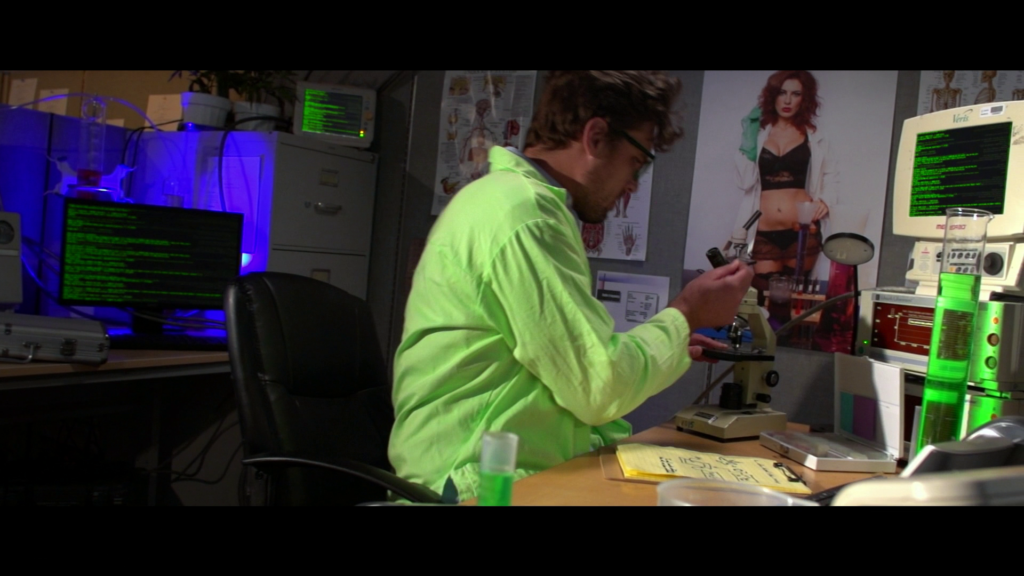
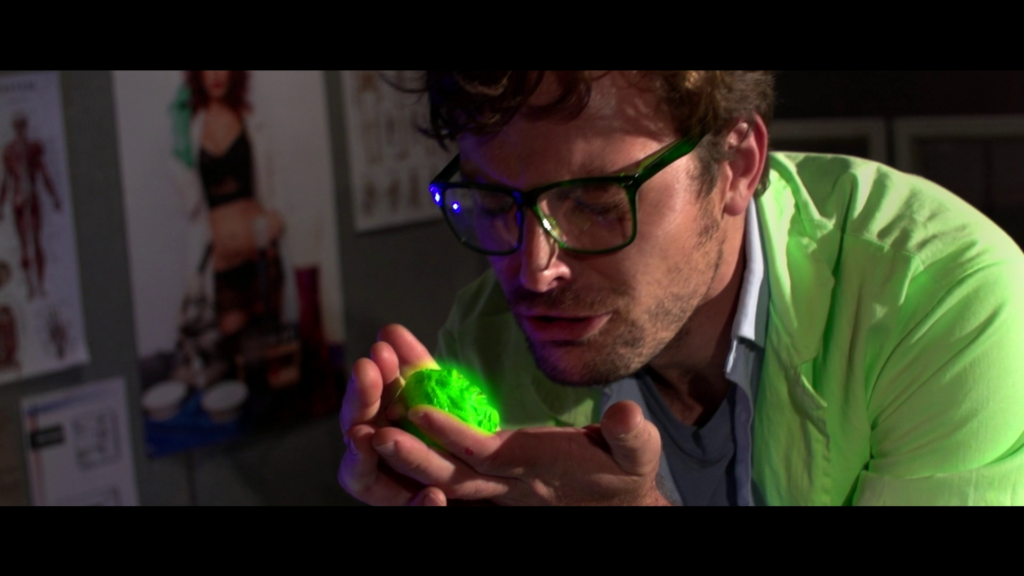
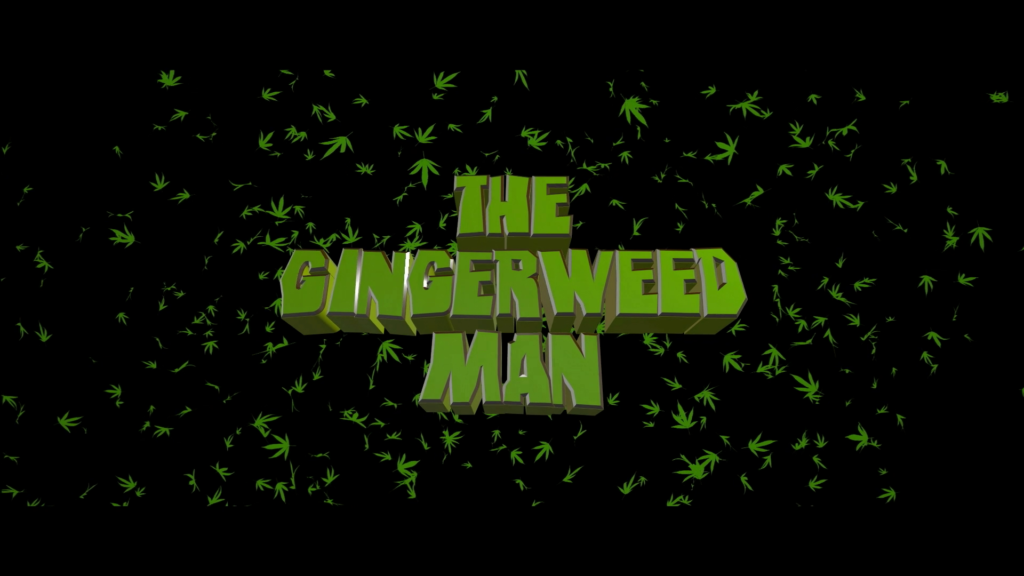
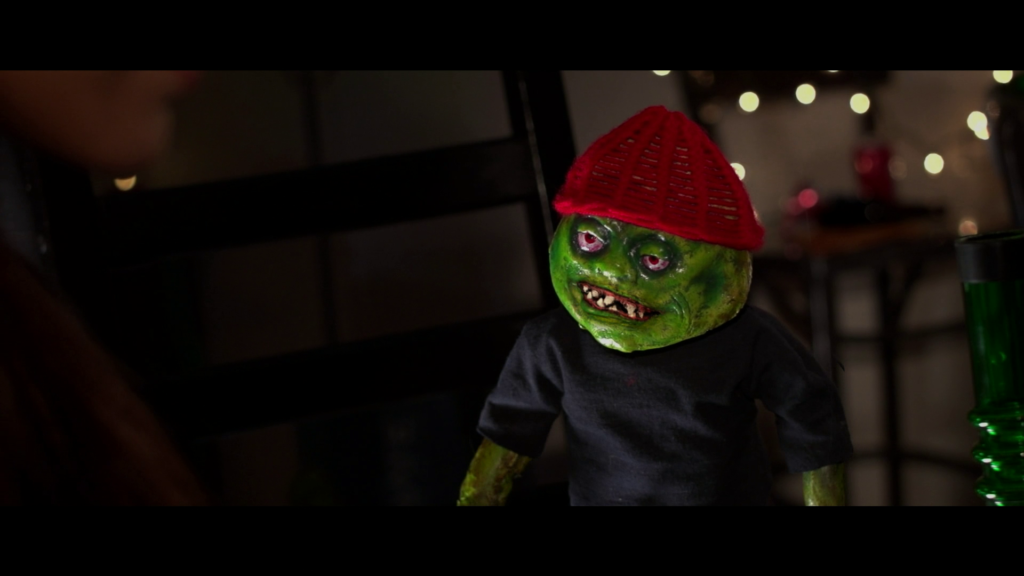
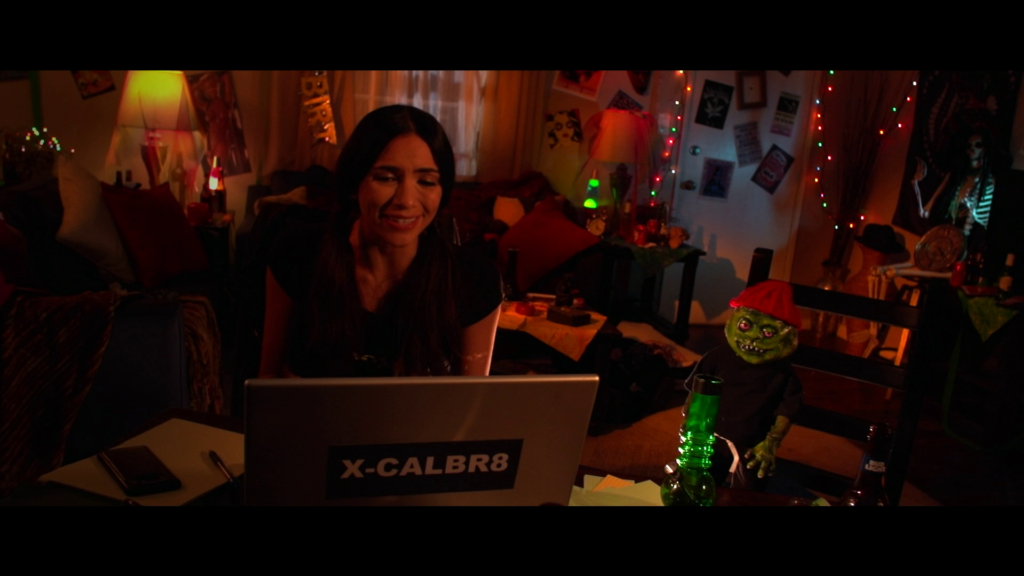
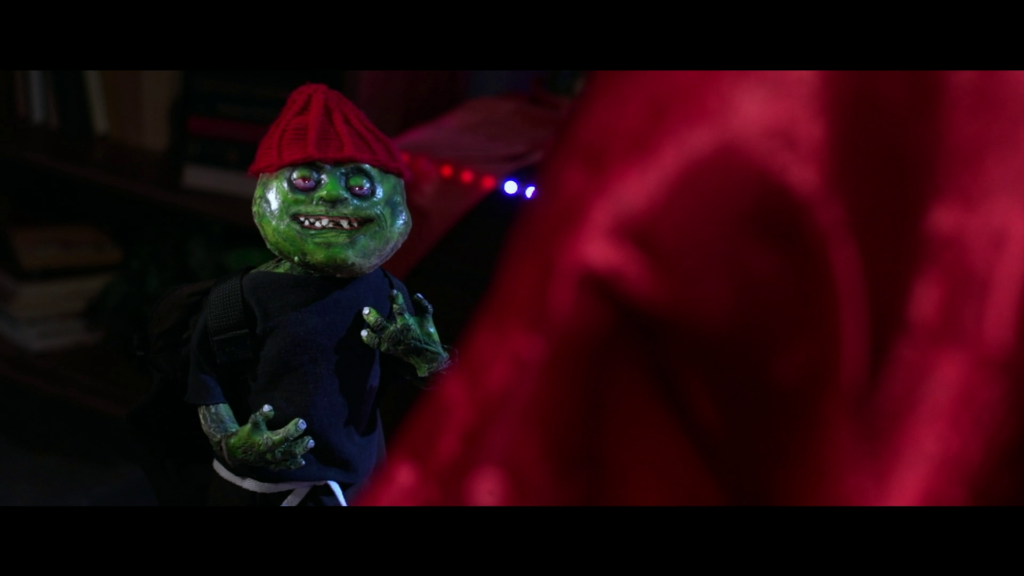
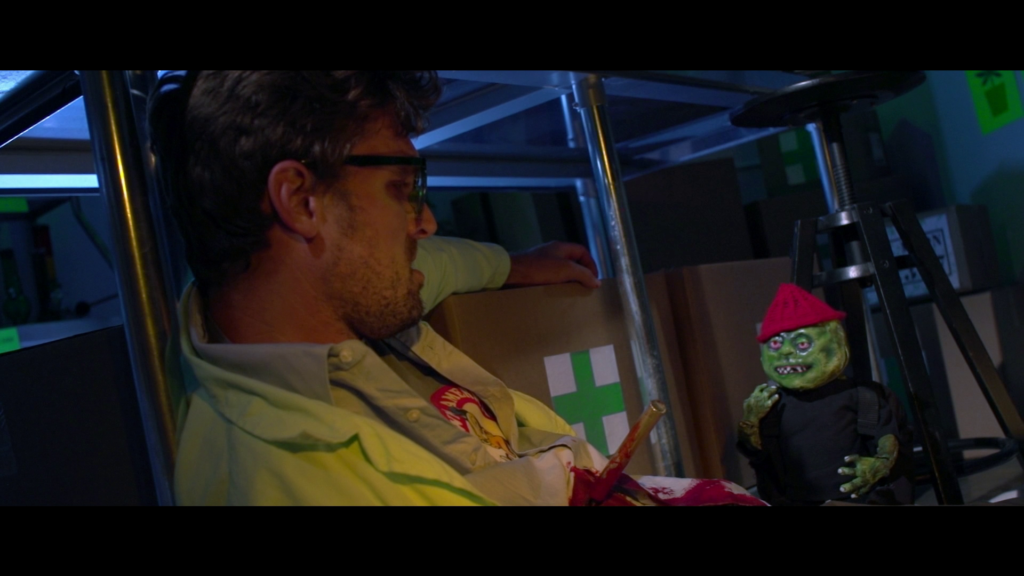
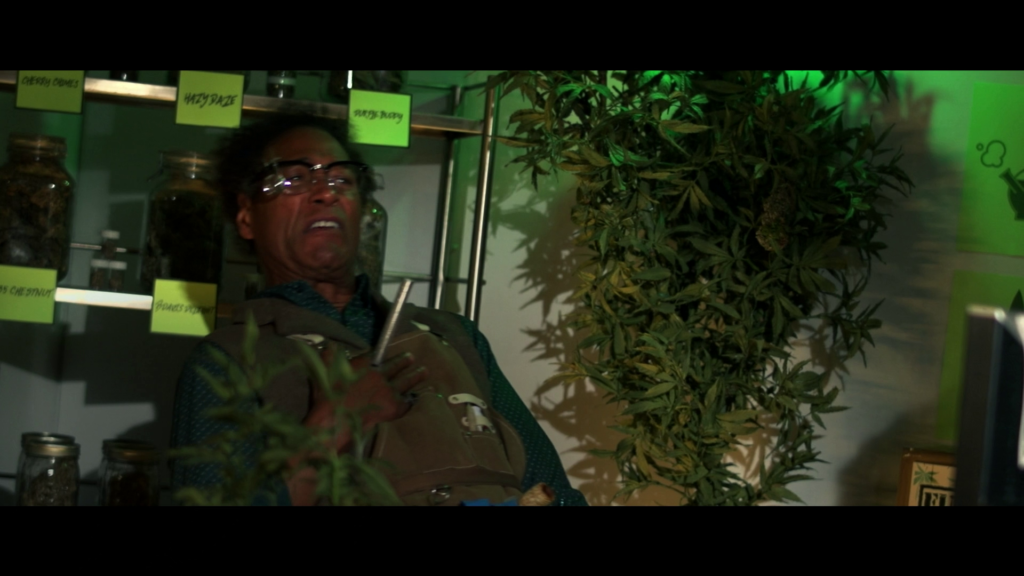
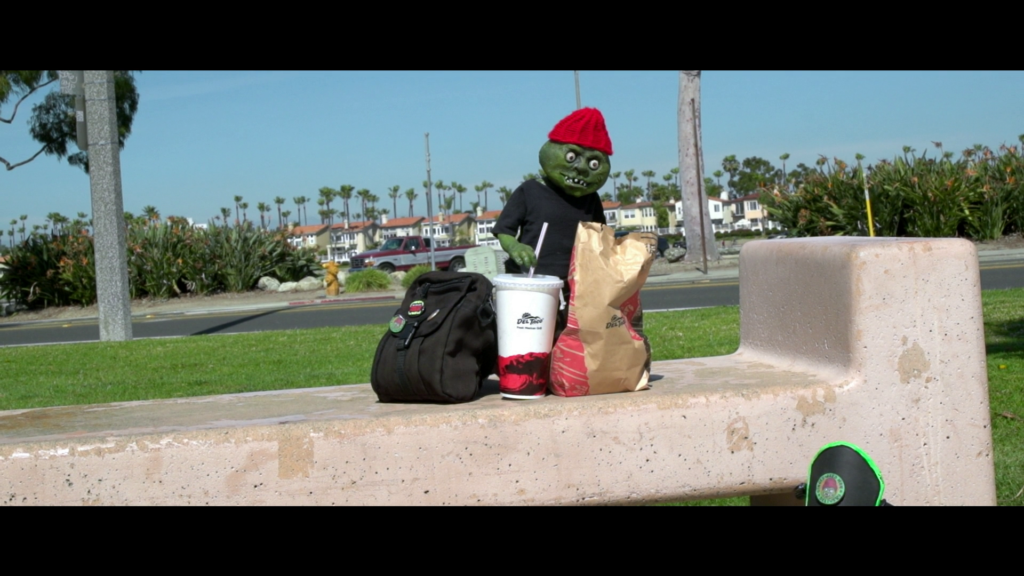
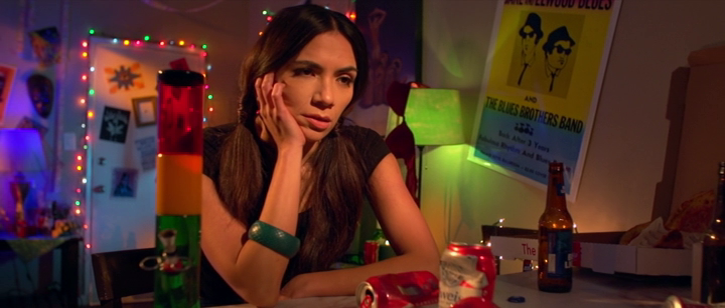
The Gingerweed Man (2021)
Film review #531
Director: Brooks Davis
SYNOPSIS: The Gingerweed man has started a weed delivery service in the city, catering to all sorts of clientele. When he stumbles upon a living, super strain of weed, he finds himself having to prevent it from falling into the wrong hands and being used for evil…
THOUGHTS/ANALYSIS: The Gingerweed Man is a 2021 film and a spin-off of the Evil Bong film franchise. From the opening, we see that the Gingerweed Man has set up a weed delivery service with his partner Barbara, and delivers weed to all the wacky people around town. Meanwhile, a scientist has managed to create a living, super strain of weed powerful enough to save or destroy the world. The evil “Smokeahontas” hunts down the scientist, who manages to hide the super weed and subsequently falls into the hands of the Gingerweed Man. The film’s story is fairly easy to follow, although offers nothing really of any substance. As with the Evil Bong films from which it spawned, the film is only going to be entertaining if you are as high as a kite; the humour is crude most of the time, and apart from that, just doesn’t give anything entertaining to the viewer. Luckily, at just over fifty minutes long (spread over two chapters), it’s fairly quick and harmless, and the short runtime means it doesn’t waste time with extended dialogue or pointless things.
One of the main problems with the film is that the main character, The Gingerweed Man, is not really interesting, and feels like a mish-mash of tropes: he dresses like a stoner, but talks like a posh Englishman with the accent to match. I’m just not sure how to situate the character, so it’s difficult to see where the comedy comes from. Smoke-ahontas as the villain doesn’t seem to really do anything other than to chase other characters, and “Buddy” as the super weed strain…thing is just an annoying high-pitched mascot thing which you will grow tired of quickly.
The Gingerweed Man could have been a chance to try something new after all the Evil Bong movies which are essentially all the same. Of course, being made by Full Moon Entertainment, it was never going to push things in an innovative or original way, but it is at least a bit different (in that it actually has some sort of plot). The film is shot decently, and there’s more than two different sets, so that’s a win. Overall though, I think it’s safe to say that The Gingerweed Man isn’t really anything worthwhile, unless you’re so high you’re detached from reality.
-
#528 – The Three Fantastic Supermen (1967)
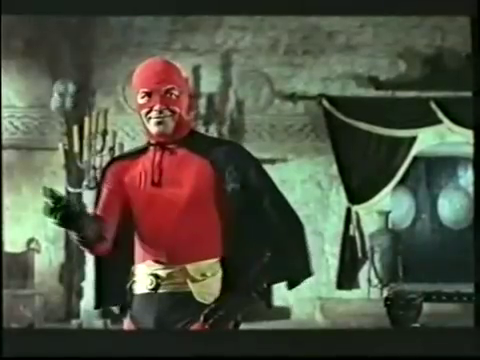
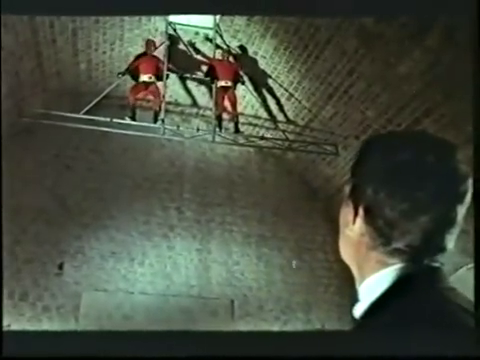
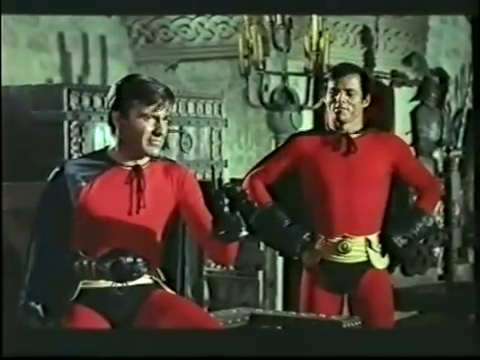
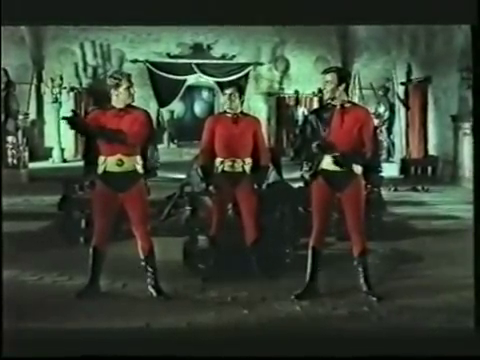
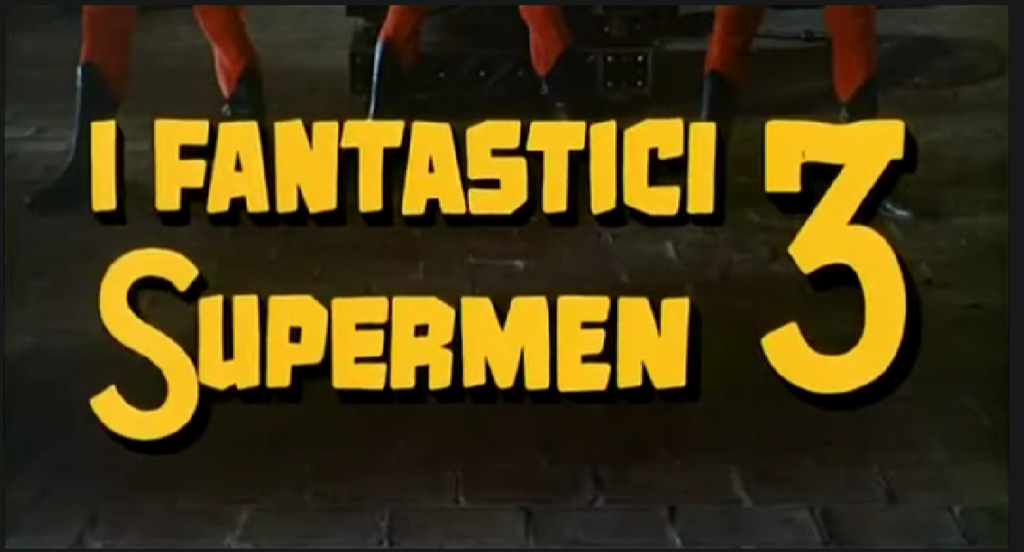
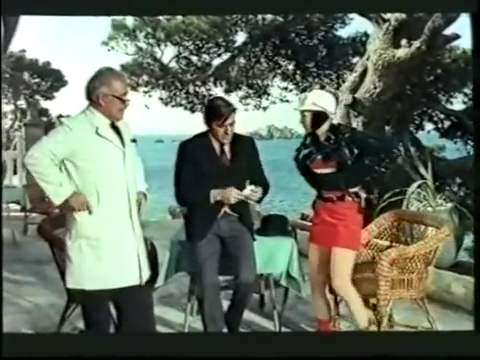
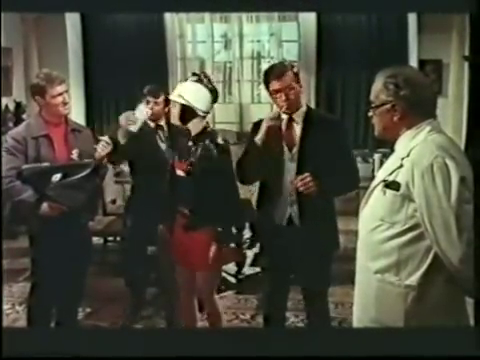
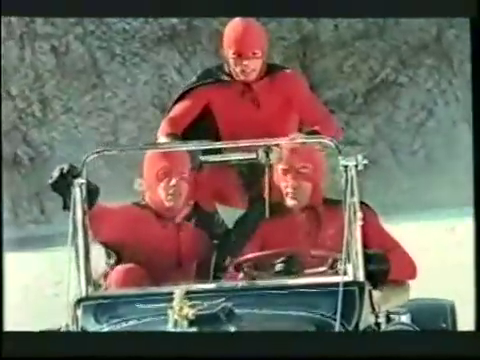
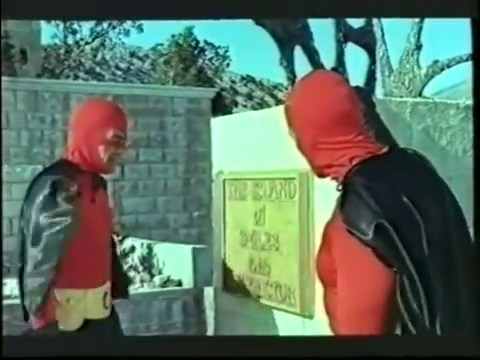
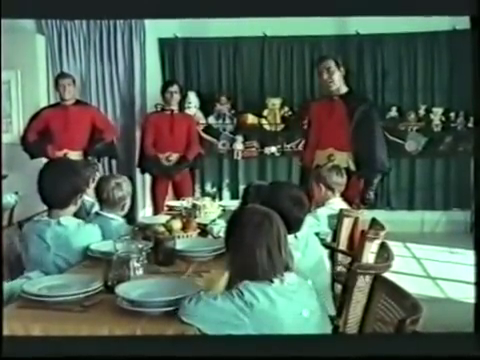
The Three Fantastic Supermen (1967)
Film review # 528
Director: Gianfranco Parolini
SYNOPSIS: FBI agent Brad hires two “supermen” who fight crime in their bullet-proof suits. The three of them join forces to become the “three fantastic supermen,” to investigate an evil plot concerning counterfeit money and bad guys turning people into precious jewels…
THOUGHTS/ANALYSIS: The Three Fantastic Supermen is a 1967 film. The film opens up with FBI agent Brad testing two superhero crimefighters, Tony and Nick, to see if they are up to joining forces. The two pass the test, and the three work together to investigate a counterfeit money ring and an evil scheme. The film is very much one of the many, many comedy spy films that parody the likes of James Bond-style films, and were especially in abundance in Italy at the time. It also has this superhero element too, with the characters dressing in skin-tight spandex and capes that serve as “bullet-proof suits.” The plot of the film is pretty standard for a spy film parody, but it at least has direction and some twists, with the somewhat uneasy alliance between the FBI and the two vigilante heroes leading to some conflict between them. The main aspect of the film is the comedy though, so everything is done in a silly, slapstick way. Any sense of peril is faced by Tony’s cheeky smile, and Nick’s expressive facial expressions and motion (accentuated by the fact he is mute). Things get even more silly when a machine that turns people into precious jewels gets introduced, as well as the machine eventually being able to clone people, but it also gets a bit sinister, when a class of schoolkids are kidnapped and nearly killed (the cloning machine works properly on children, but not adults apparently). Regardless, it’s a standard bit of comedy and parody, with plenty of scantily-clad women and chauvinism to appeal to its young male target audience.
The three main characters, Tony, Brad and Nick are different enough to make them distinguishable and interesting: as mentioned, Brad is the straight-laced FBI agent who has an uneasy alliance with the other two, although this typically ends with them playing practical jokes on him as he tries to get their secrets from them. Tony is the suave cheeky chap who laughs off any threats, and Nick as the expressive mute gives the scenes a different kind of energy. The supporting cast is a fairly typical bunch, with the evil criminal mastermind, the scientist, and his attractive daughter who serves as the love interest, so it’s unremarkable, but it has the staples of the films it is attempting to parody. The three “fantastic supermen” are also played by trained acrobats, so they can pull off some good stunts and performances, which again give the scenes a unique energy and appeal. There’s also plenty of props and variety in the scenes to make it feel busy and engaging, so while it’s a bit low budget and all over the place, it is still entertaining, although the music consisting of one of about three pieces of music played every other minute does get annoying quite fast. Overall though, The Three Fantastic Supermen is a very typical spy comedy of the time, with the added superhero element adding in a bit of a twist, and the acrobatics giving the stunts a bit more energy. It’s nothing too special or memorable, but it was apparently successful enough to warrant a number of sequels, which we will have to look at at some point…
-
#527 – A Nymphoid Barbarian in Dinosaur Hell (1990)

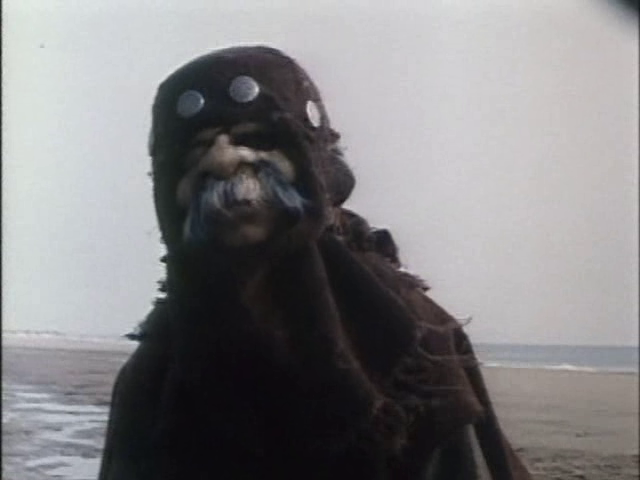
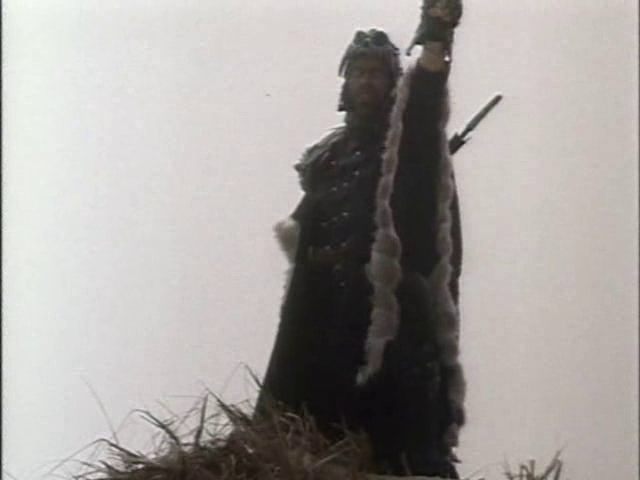
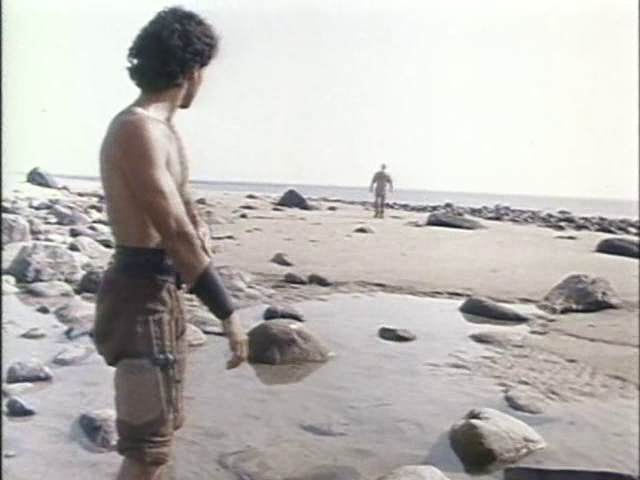

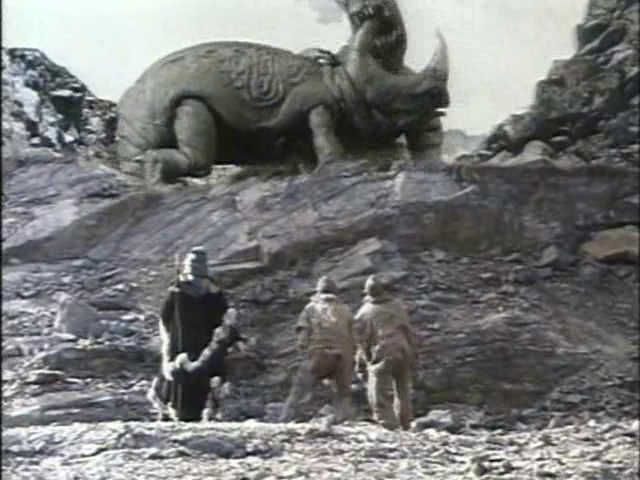
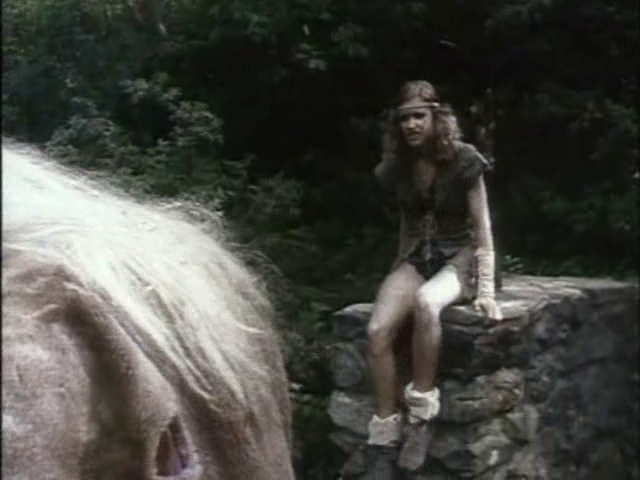
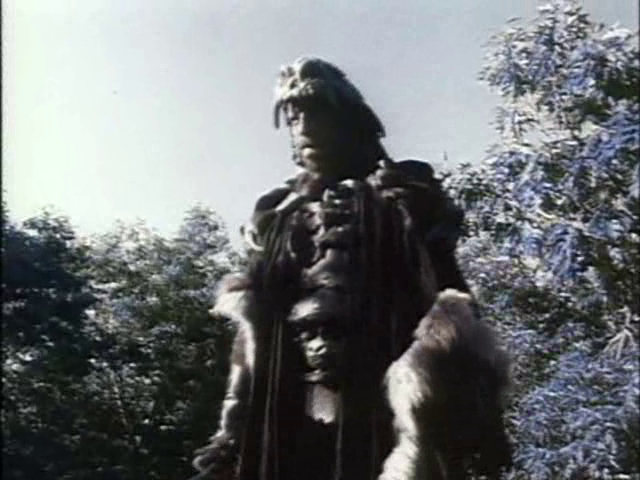
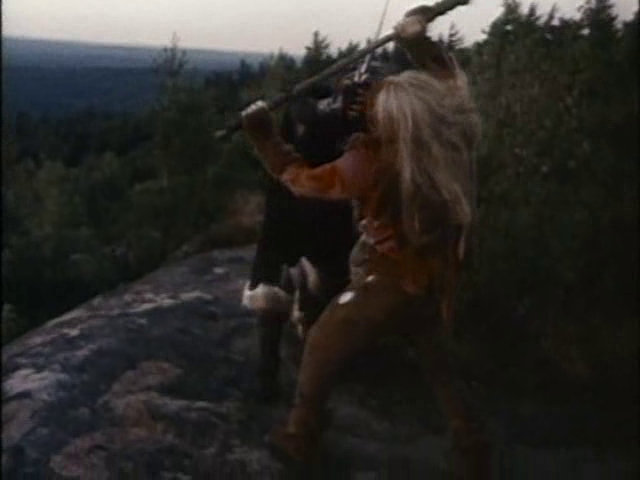
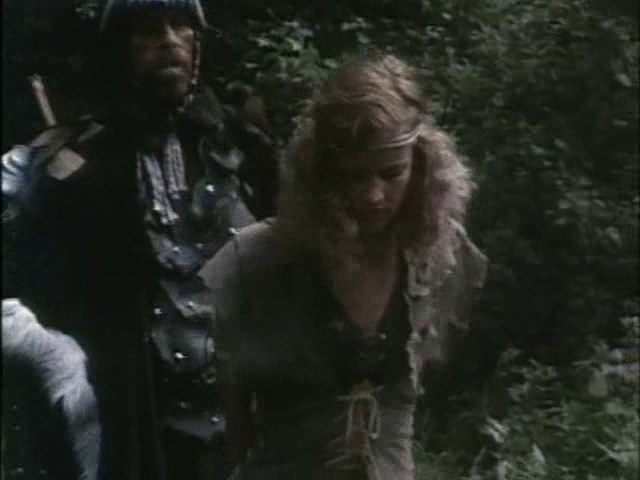
A Nymphoid Barbarian in Dinosaur Hell (1990)
Film review #527
Director: Brett Piper
SYNOPSIS: In a post-apocalyptic Earth, a young woman has to survive in a world infested with dinosaurs, mutants, and barbarians.
THOUGHTS/ANALYSIS: A Nymphoid Barbarian in Dinosaur Hell is a 1990 post-apocalyptic sci-fi film. The film opens up the same way as nearly every post-apocalyptic film does: with a montage of the world being essentially destroyed by nuclear war. What is left is a world filled with dinosaurs, mutants, lizard people…just a mish-mash of any and all typical things you’d find in other films. There’s not much rhyme or reason to the setting. The plot is…basically non-existent: there’s hardly any dialogue, any motivation, or any direction. With post-apocalyptic films you can definitely make the lack of dialogue or story work: in a world where society has collapsed, sometimes the only goal is to survive, and films like Mad Max 2, which also uses minimal dialogue and focuses on action, works extremely well. Here, that is not the case, as the action is sub-par and without any spectacle. The film just consists of some wandering about and scrappy fights, with a few stop-motion monsters as well. There’s no sense of character, world or development to maintain interest, and it certainly doesn’t live up to the hyped up title, which is probably the only reason anyone would be drawn to this film.
But we shouldn’t perhaps be so disparaging about the film because it was made by the company Troma; who are known for making low-budget sci-fi horror films that rely on comedy and satire to make fun of the genre. Even by Troma’s standards though, this is bad. This film just doesn’t have any amount of self-awareness or satire that would make you think it is poking fun at the genre: it’s just dull, and the lack of any substance means you really have no idea what to take from it. The title promises much, but delivers very little: there’s not really any dinosaurs, the barbarian isn’t a nymphoid (in fact nymphoid isn’t a word), and you’re not missing out on anything if you skip this film.
-
#526 – Sonic the Hedgehog (2022)


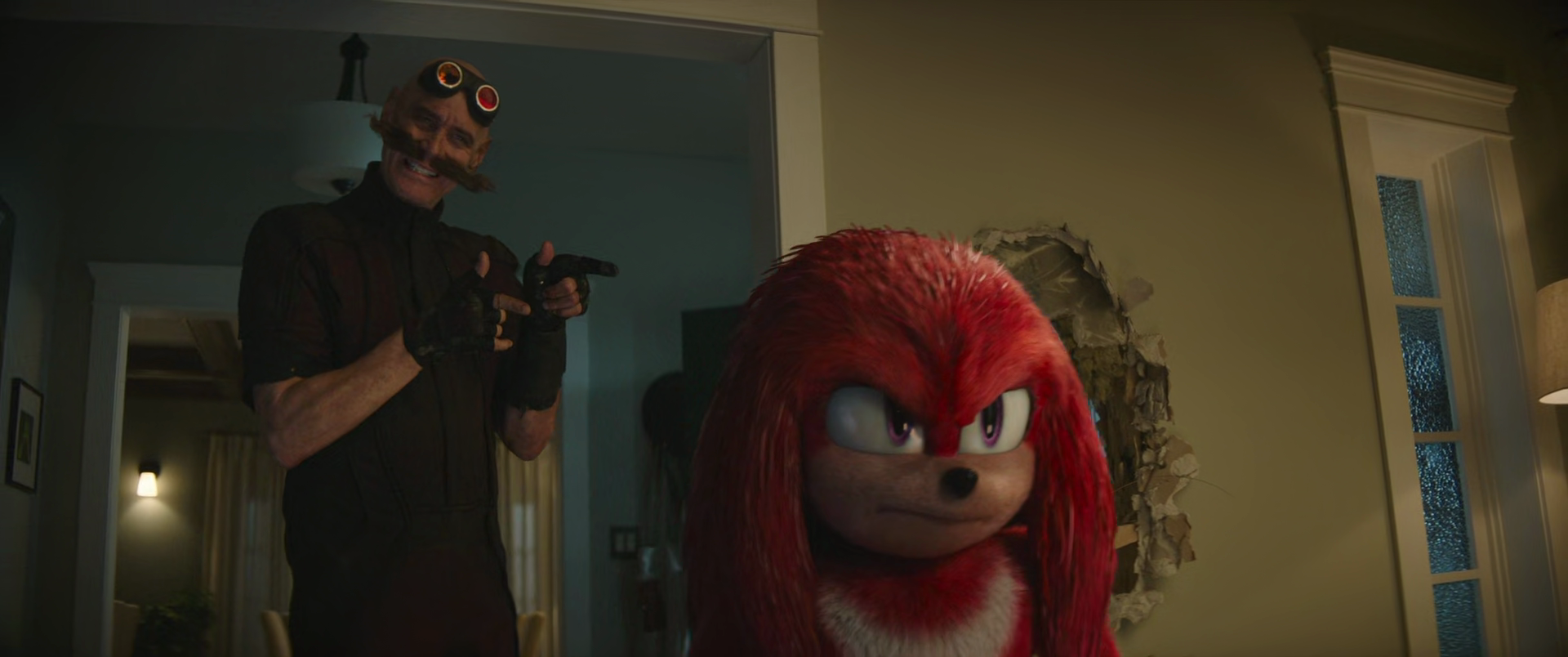
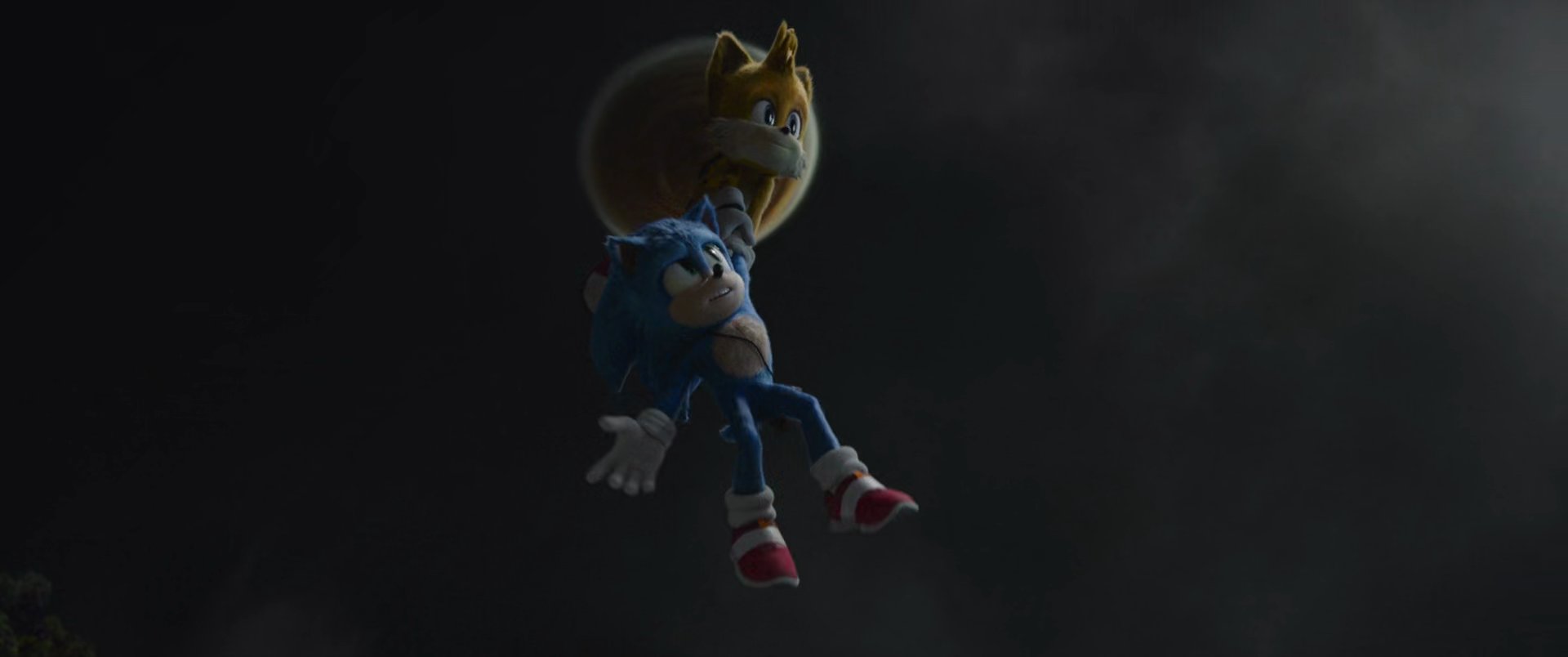
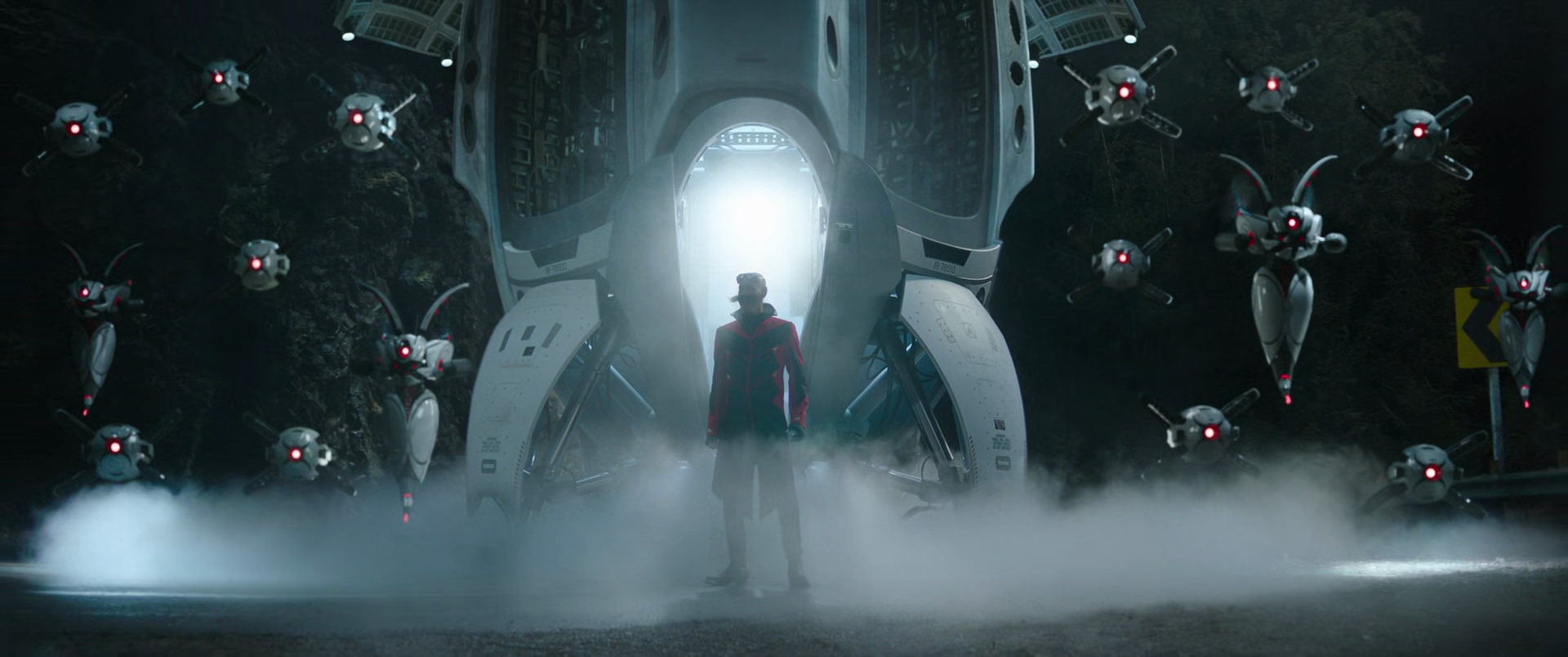
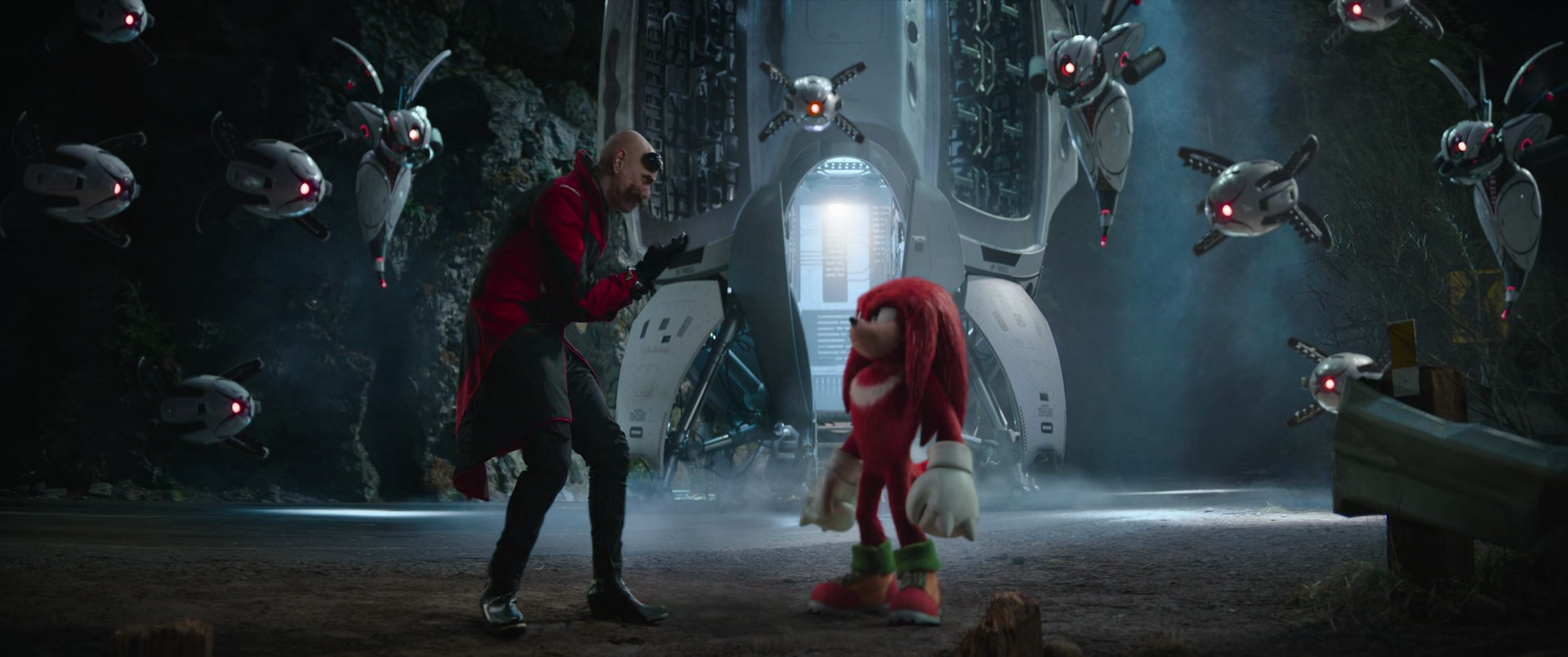
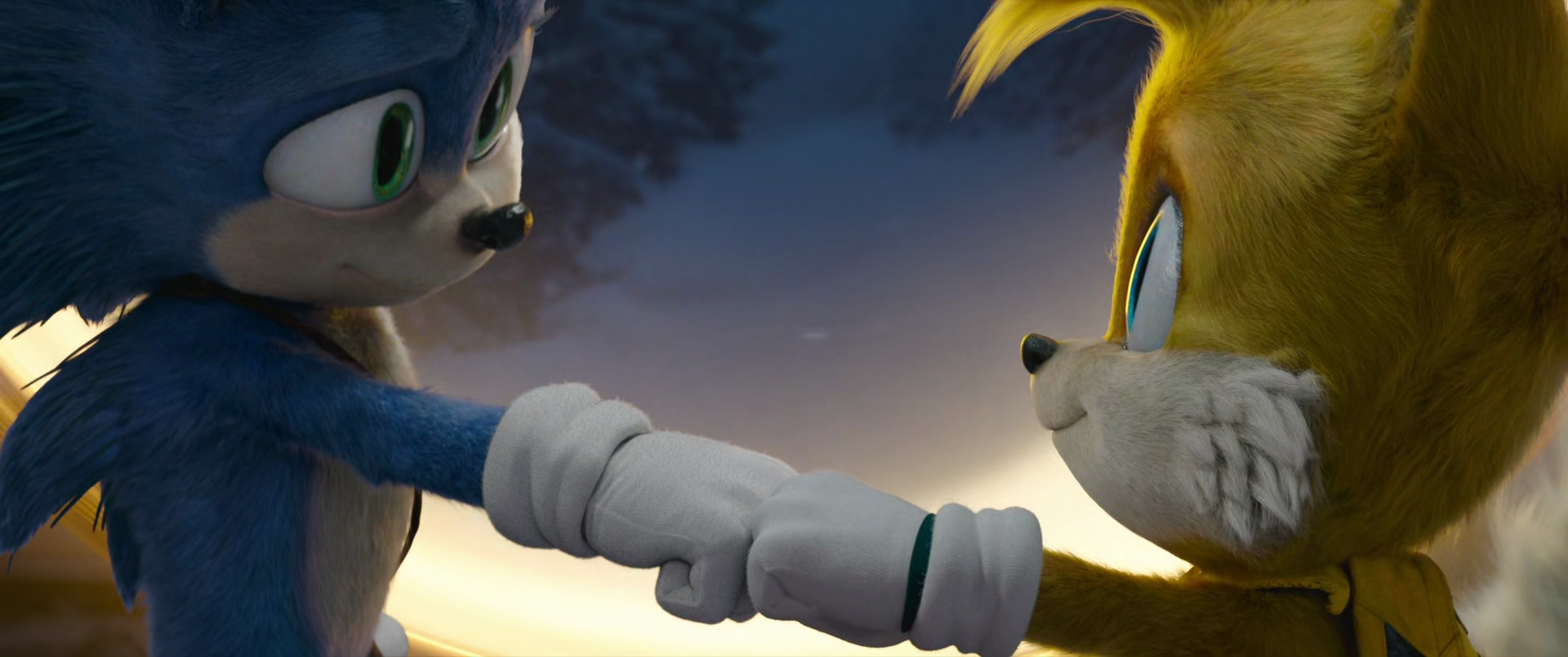
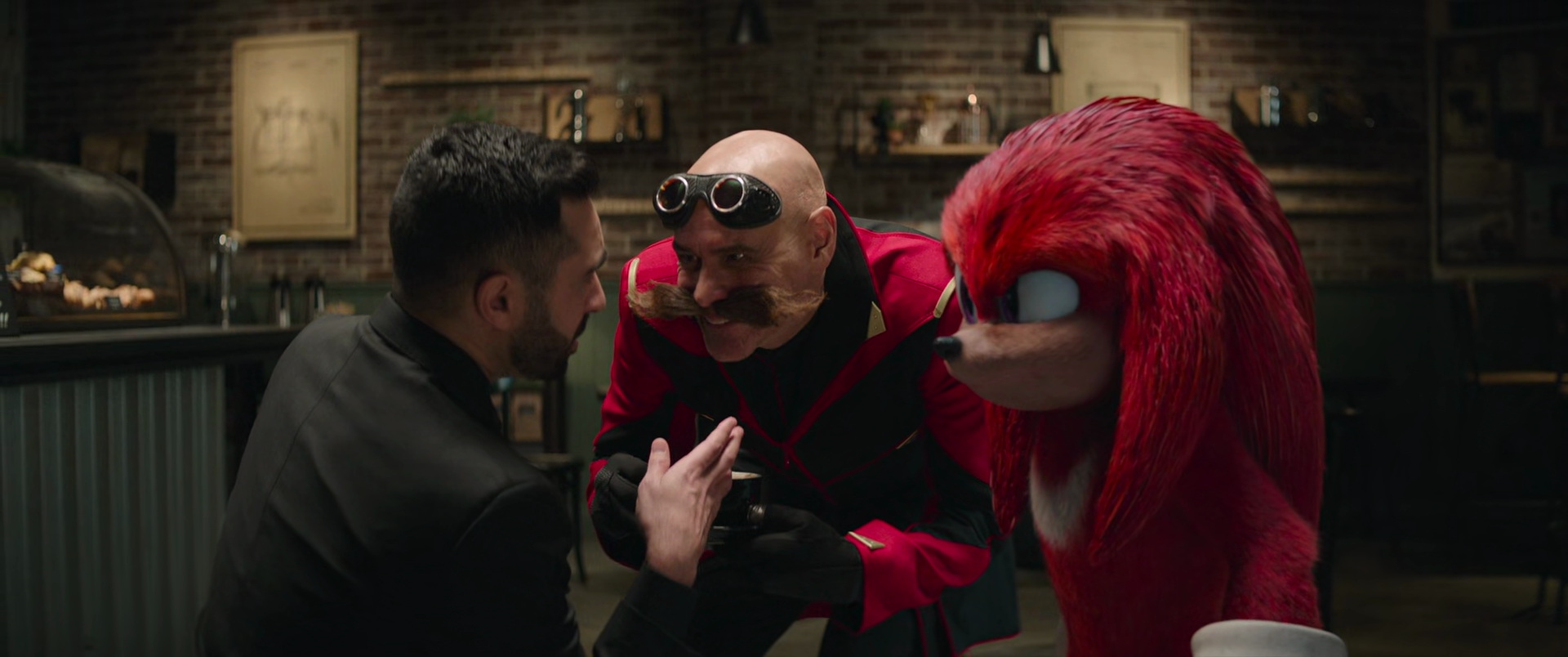
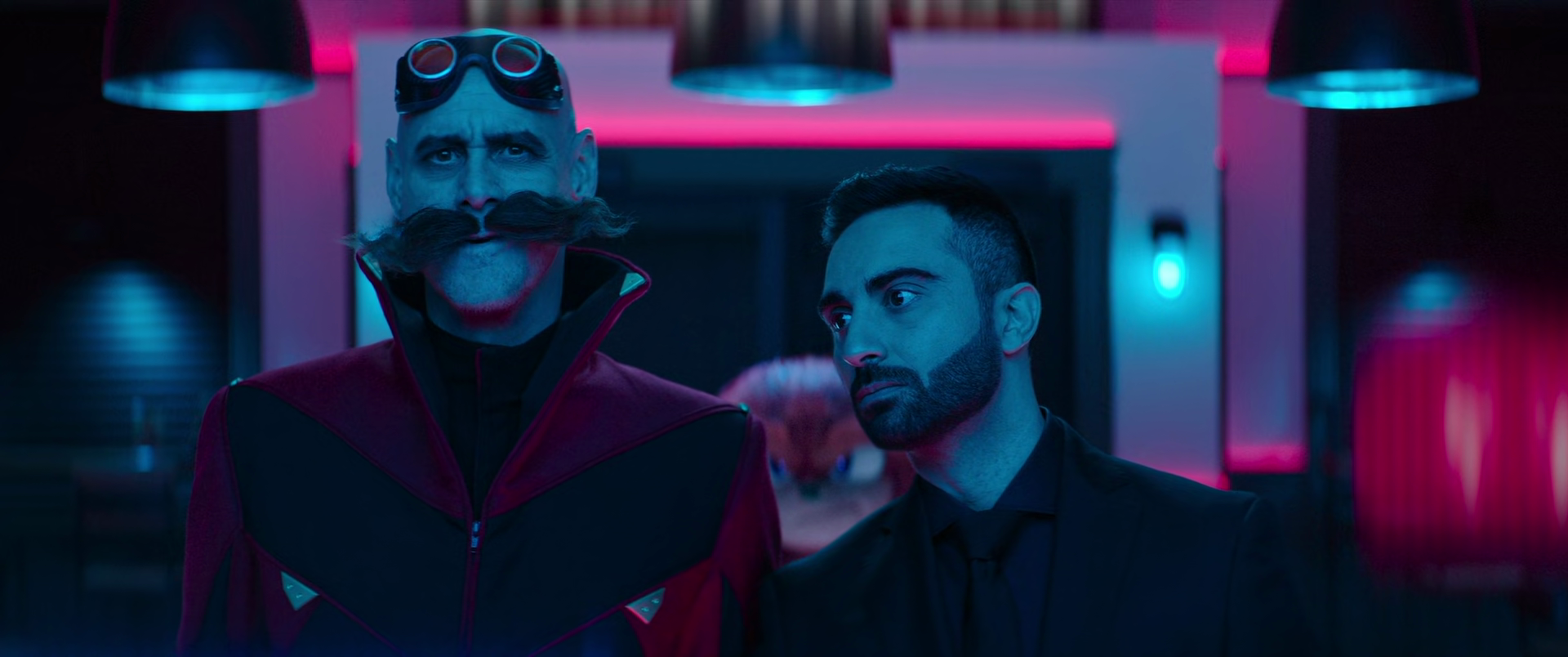
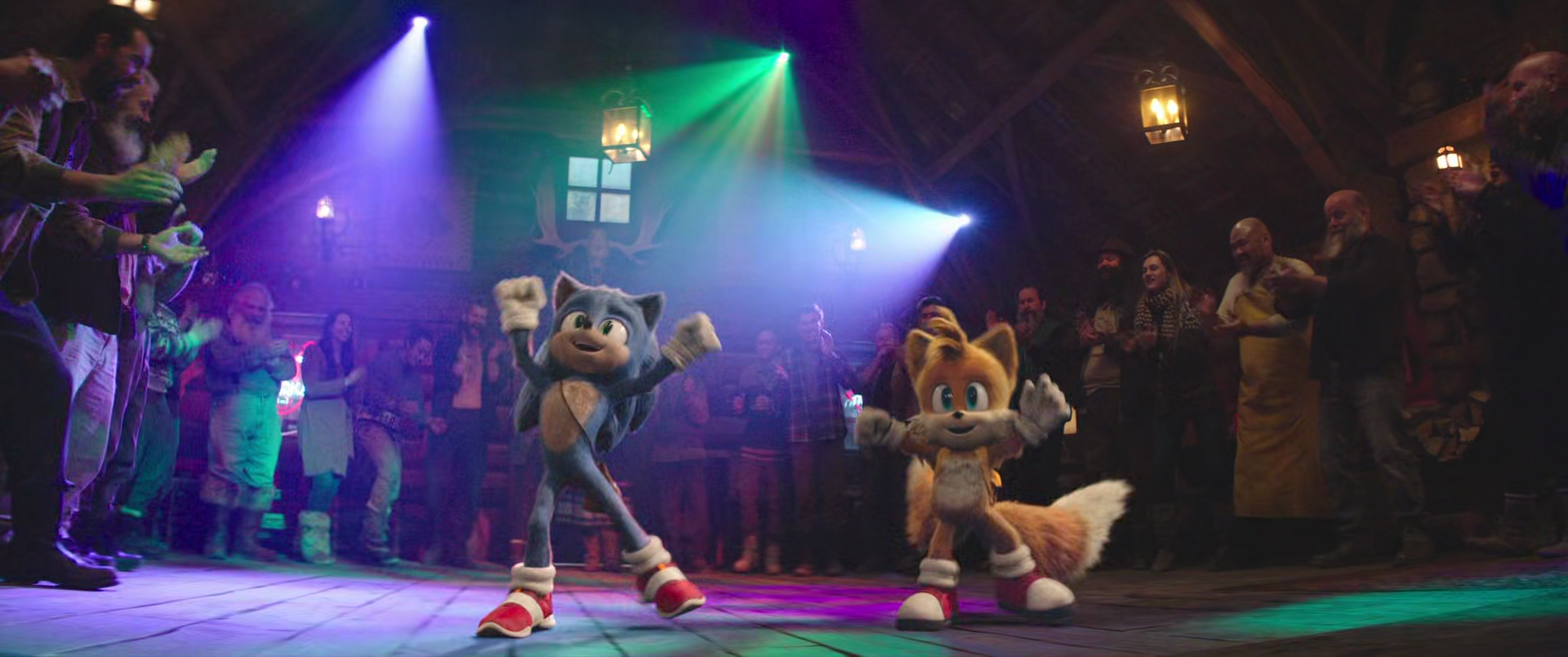
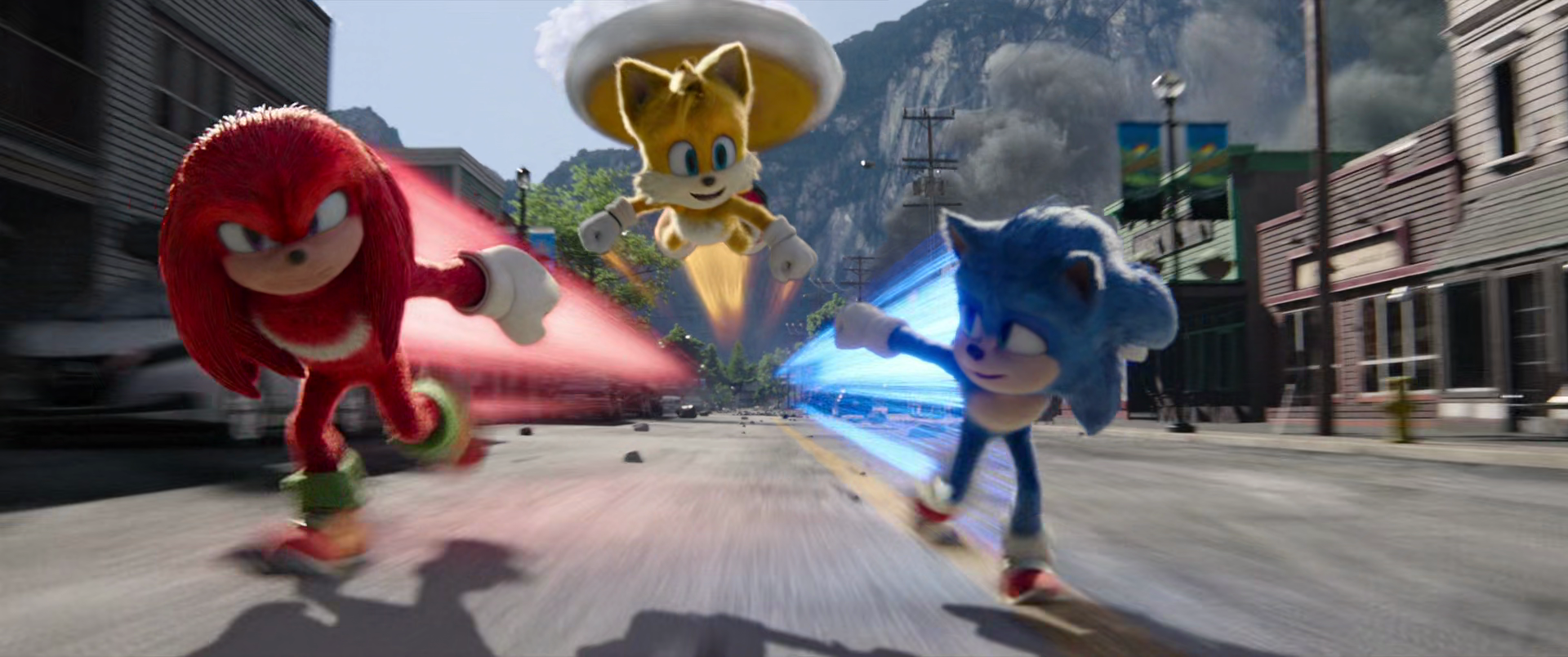
Sonic the Hedgehog 2 (2022)
Film review #526
Director: Jeff Fowler
SYNOPSIS: While Sonic the hedgehog struggles to be a hero on Earth, his nemesis Dr. Robotnik is making plans to return to Earth, helped by the mighty Knuckles the Echidna. Meanwhile, Sonic manages to get some help from Tails, a new friend who comes to warn Sonic of Robotnik’s return, and his quest to find the master emerald…
THOUGHTS/ANALYSIS: Sonic the Hedgehog 2 is a 2022 film, and the sequel to the 2020 film Sonic the Hedgehog. The film starts off with Sonic trying to use his powers for the best, and struggling to fit into the role of a hero. Meanwhile, Dr. Robotnik is trapped on a planet of mushrooms, looking for a way to get back to Earth and get his revenge. The story feels like one you would typically see in a sequel, with the characters being given new problems to overcome, and some attempt to develop their characters. It feels very similar to the first film, but that’s not necessarily a bad thing, as the first one was decent: nothing spectacular, but decent for its young target audience. However, I think the script could have done with another re-write or revision: the whole thing doesn’t really stick together very well, and the scenes feel disjointed, alongside the main plotline of the film getting lost through the mish-mash of scenes. The film does at least focuses on Sonic and his friends for most of it, and the story elements of the human characters is diminished, but this is what you want really. This also has the effect of having their story more self-contained and easier to follow than what Sonic and his friends are doing. At a runtime of two hours, the film could probably have been cut down easily by about fifteen to twenty minutes, and that is probably something that would have been achieved with another script re-write.
All of the characters from the original return, and have their own things to do. The introduction of Knuckles is a stand-out point, with Idris Elba voice the character and really making it his own. Probably the funniest moments in the film come from Knuckles and his over-serious nature. Jim Carrey brings the energy as Dr. Robotnik again, and Agent Stone is a good lackey for him. The introduction of Tails is a bit wobbly, and always feels like any explanation or development of his character is off-hand and implied. I think there should definitely have been more of a balance between the introduction of both Tails and Knuckles to properly flesh out both characters.
Overall, Sonic the Hedgehog 2 is a sequel that continues the work of its sequel without too much fanfare: it carries on the bits which worked and improves on them to some degree, while focusing less on the human characters (but even their scenes feel a bit more focused, even if they’re mostly just for the sake of comedy). It’s still aimed at a younger target audience, but it can still get a few laughs, especially when it relies on good old-fashioned comedy rather than making awkward references (although I’m sure the target audience will enjoy them still). There’s definitely some issues with the story not flowing and coming together, the long runtime, and the story of some characters not being integrated fully into the story, and as mentioned, I think most of these issues could have been addressed with another script re-write or revision. Nevertheless, its still an entertaining film for its target audience, and fits nicely alongside the first film.
-
#522 – The Tunnel (1915)
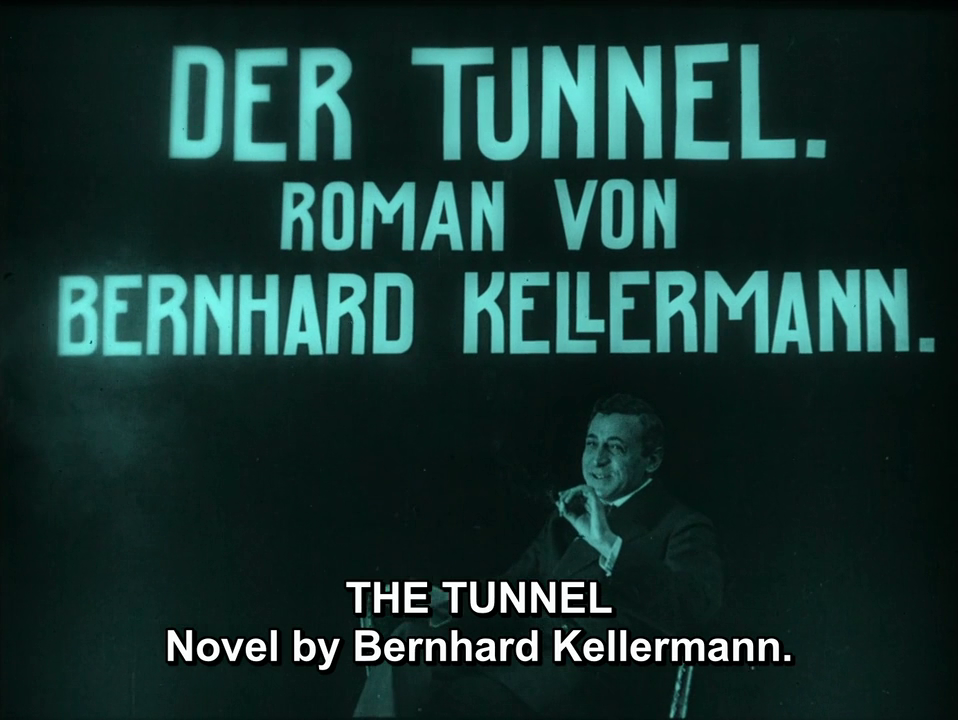
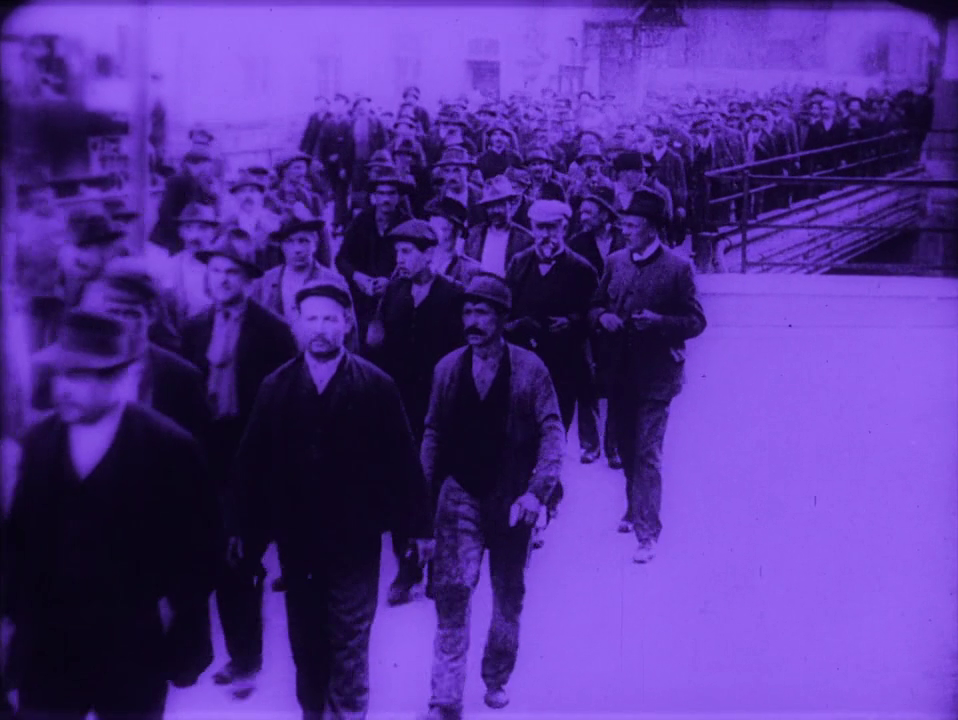

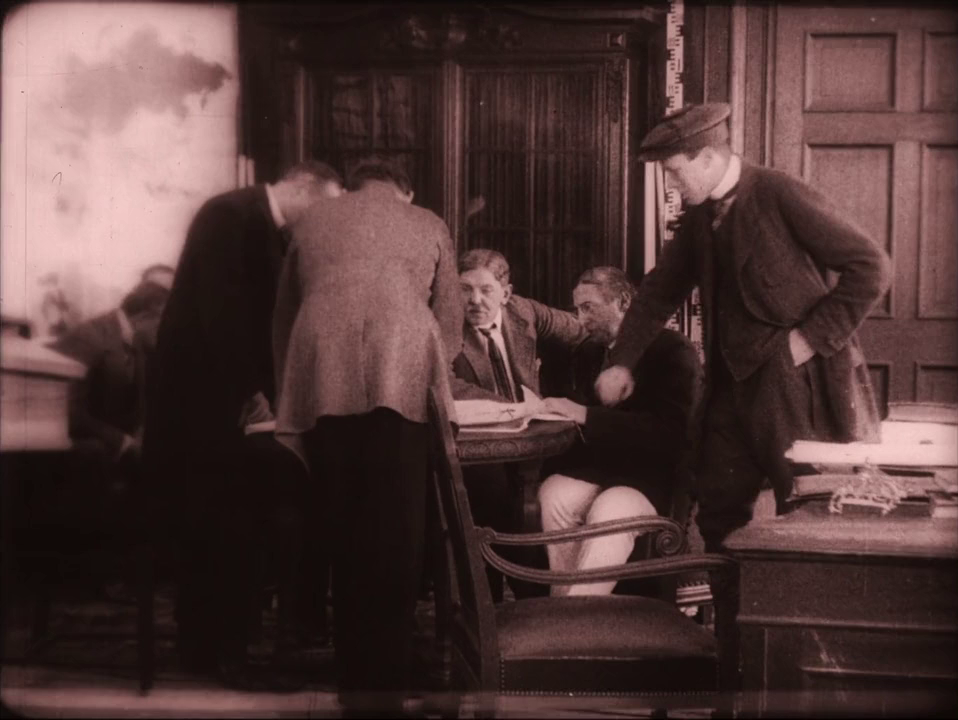
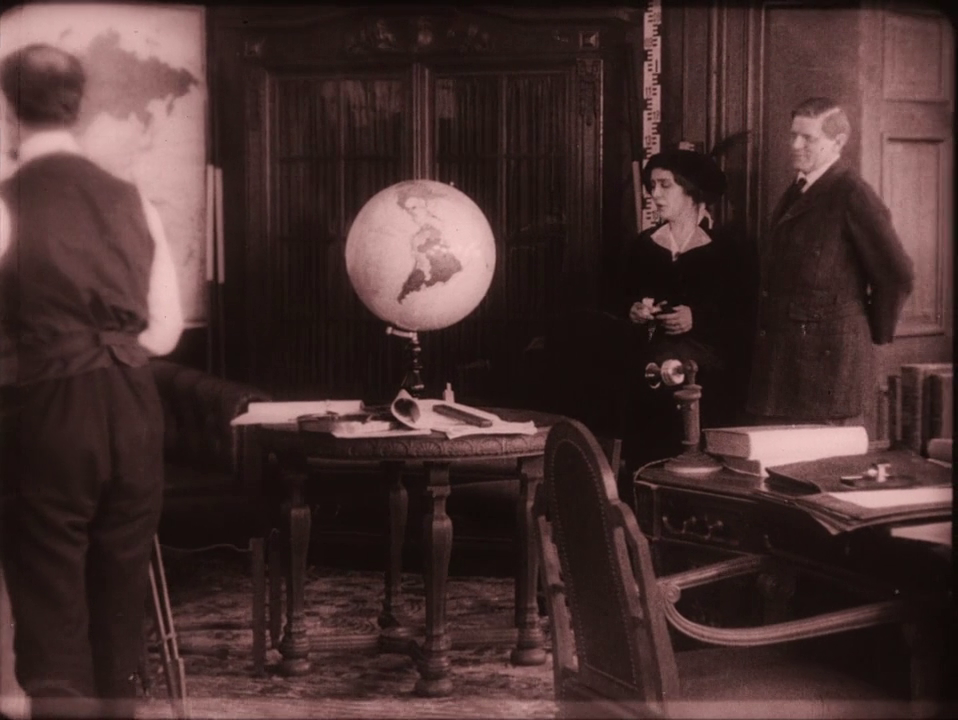
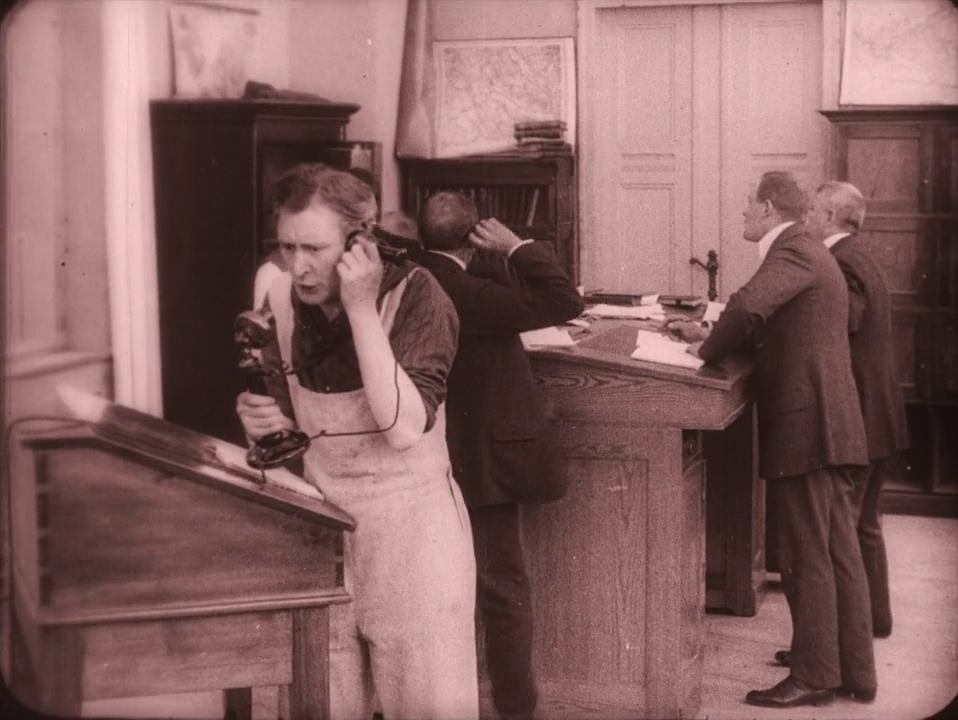
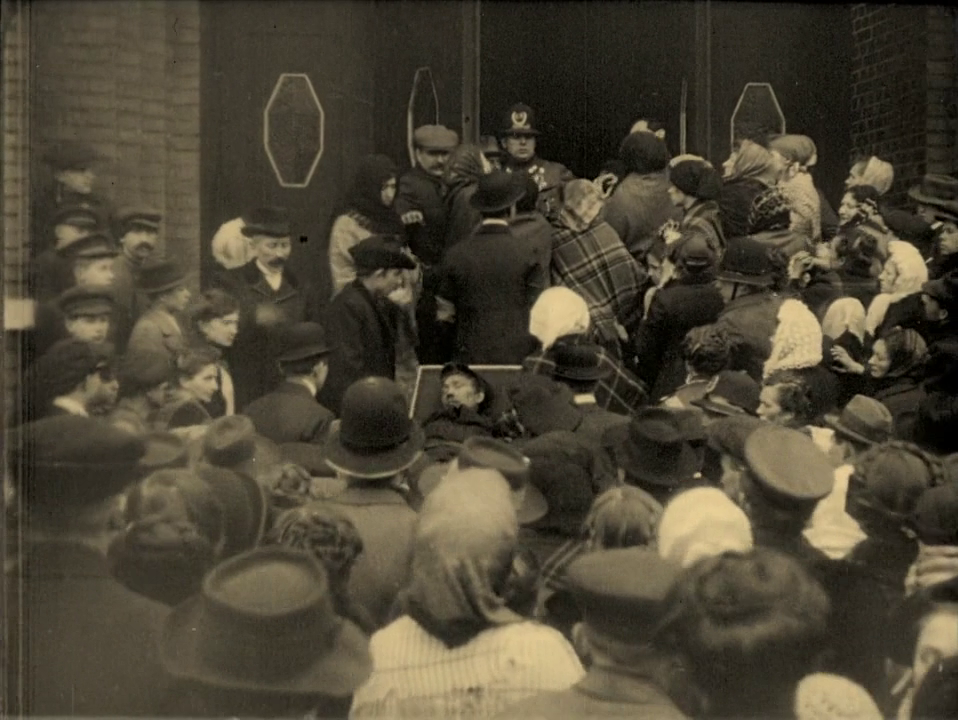
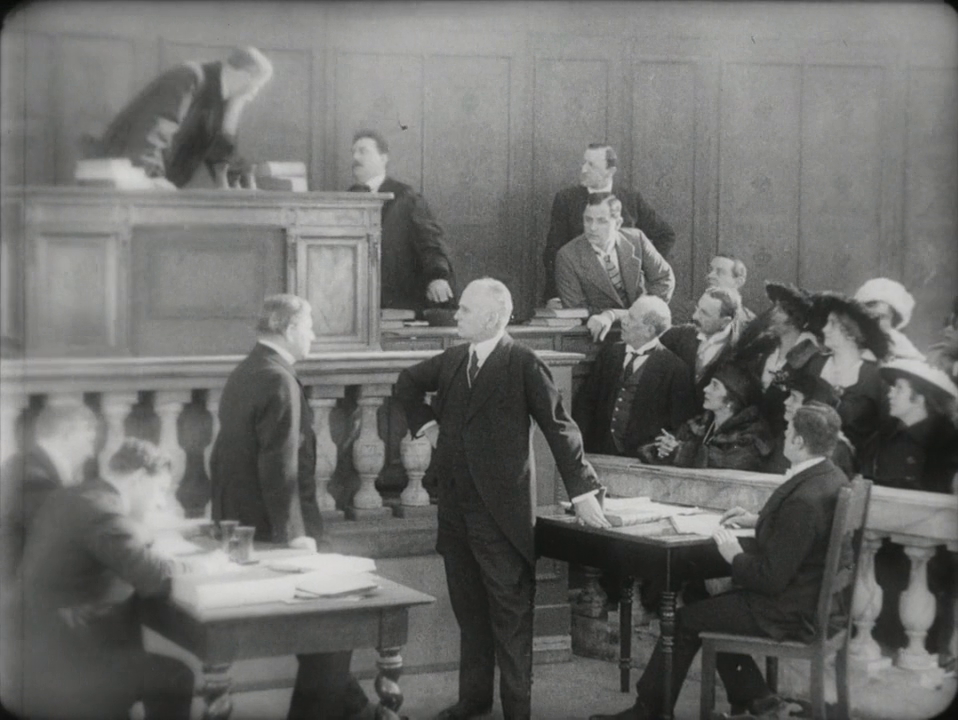
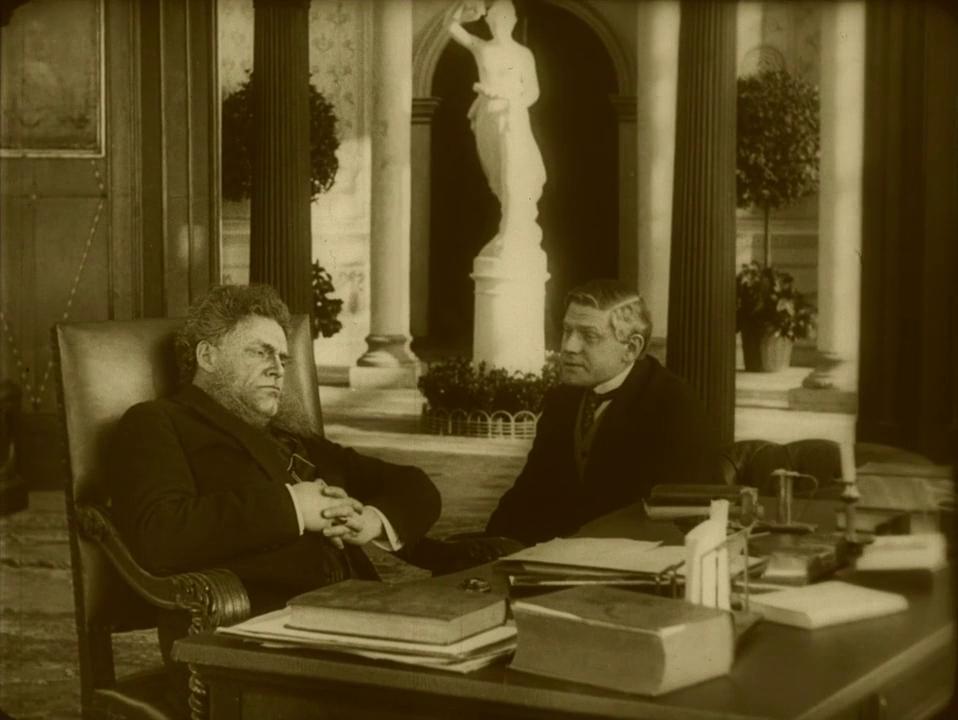

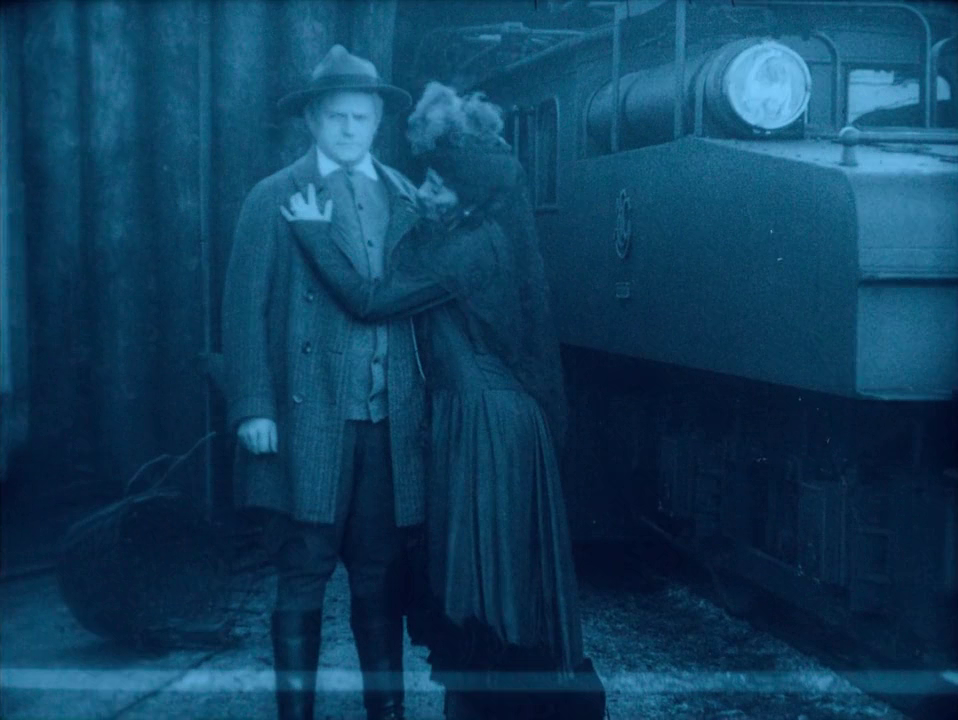
The Tunnel (1915)
Film review #522
Director: William Wauer
SYNOPSIS: Max Allan is an engineer who has the vision of building an underground tunnel that connects Europe and America. He convinces the world’s richest men to fund his venture, including Lloyd, the world’s richest man. However, there are those that do not want to see the project succeed, and will do anything to prevent it’s completion. This, and a number of setbacks, make it difficult for Max to fulfil his vision…
THOUGHTS/ANALYSIS: The Tunnel is a 1915 film based on the novel of the same name by Bernhard Kellerman. The story centres around the vision of engineer Max Allan, who wants to construct an underground tunnel between America and Europe under the Atlantic Ocean. The story of the film is fairly simple: it’s less of a traditional story centred around the characters and a plot, but more so focuses on a vision for the future and what such a project would look like. It was probably a vision of hope in a world in the midst of the first world war. Max has to persuade the billionaires of the world to fund his project, so arranges a meeting in New York to persuade them, giving an opportunity for the film to make it’s point to the billionaires as well as the audience. Being a silent film, there’s not too much room to create engaging dialogue or complex set-ups, but even in the context of the silent film era, this film feels very basic and minimal: the interstitial text describes what is going to happen in the next scene, and then it happens. It’s very literal, and as the text already has described what is going to happen, there’s little room for surprise or interest to develop.
The film does a good job of exploring the issues that would surround the making of such a project: it is described as taking nearly twenty five years to complete, which even then, that might be described as ambitious. There’s lots of footage used of masses of men hard at work digging the tunnels, and this really gives a good sense of the scope of the project. I’m not sure if the footage was shot specifically for the film, but it fits in well. There’s also a balance between the problems that the workers face, and the problems that Max faces on a personal level, and even though the characters aren’t really fleshed out in any way, you still get a sense of the problems they are facing.
The Tunnel is a vision of hope for what humanity can achieve. The ending text describes how when the tunnel was finished it brought about peace and prosperity for all: that might be a bit too simple of an ending, but it’s definitely the message that the film is going for. Specifically, the issue of people being scared of technological progress will certainly make enemies of those still rooted in tradition, but that should not stop people with a vision. As you might expect, there’s a few instances of problematic portrayals of non-white/European people and cultures, but these are limited. Though the film is dated and is not very entertaining, it does have a message regarding progress that is still relevant, and only for that reason it would be worth a watch.
-
#521 – 6 Hours to Live (1932)
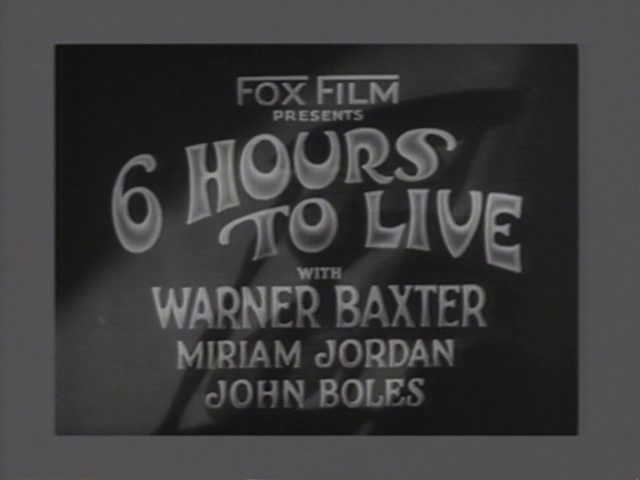
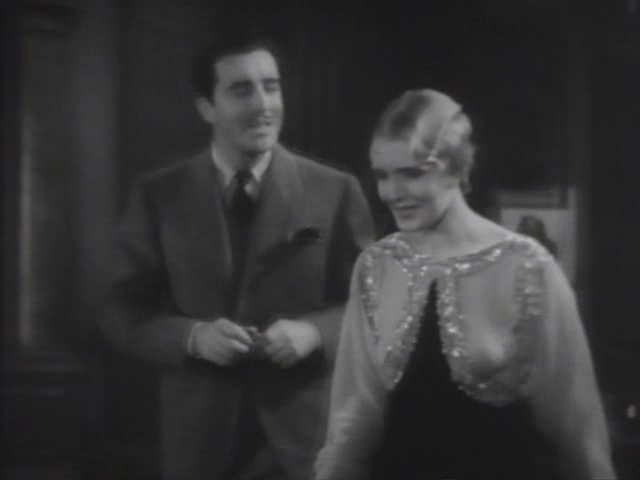
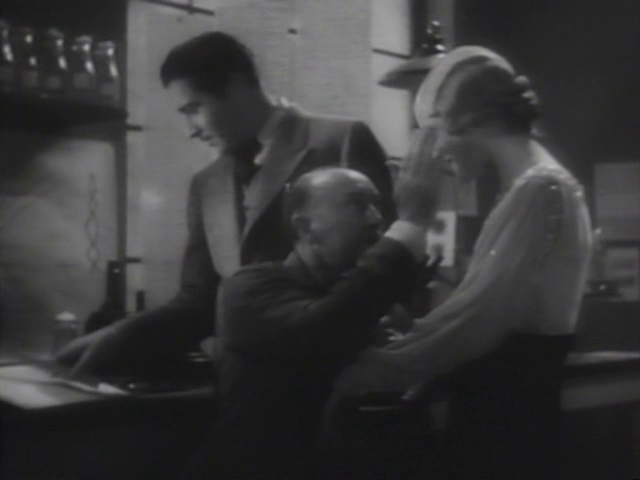
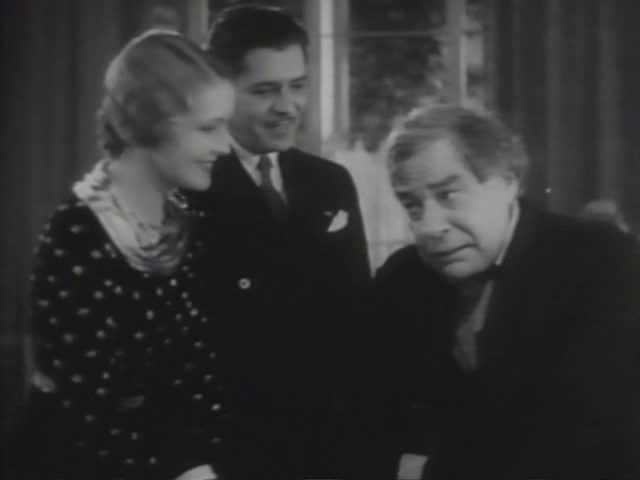

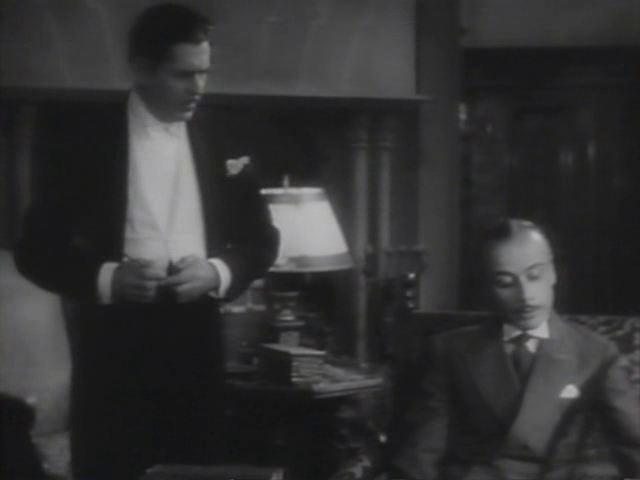
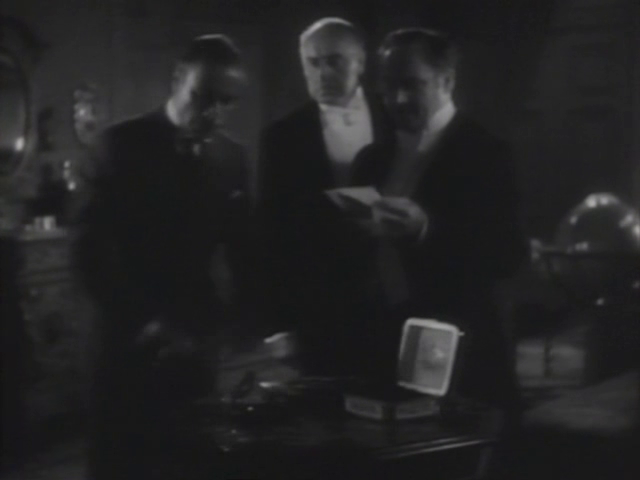
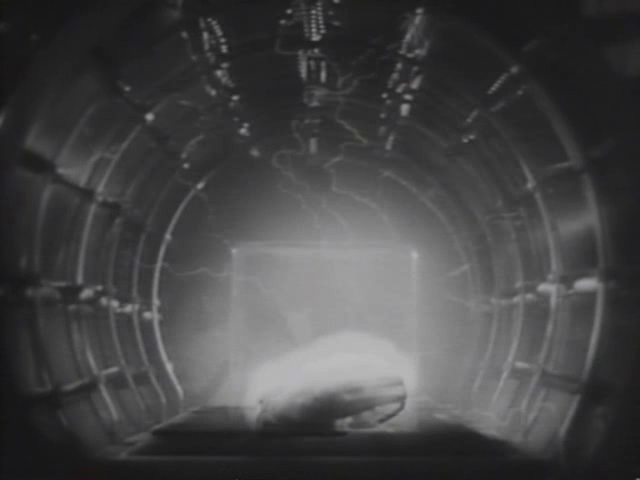
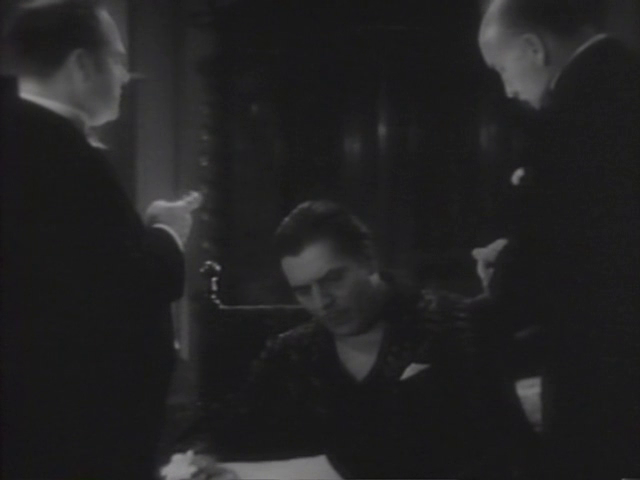

6 Hours to Live (1932)
Film review #521
Director:
SYNOPSIS: World diplomats have convened at a special assembly to agree on a new global trade deal that requires unanimous approval from all countries. The only country that is opposed to it is Silveria, whose representative Paul Onslow believes it is only his country which will suffer form it. When Paul is murdered, Professor Otto Bauer uses his experimental invention to bring him back to life, so Paul can identify his murderer and be present at the final vote of the trade deal. However, the experiment only allows him to live six more hours, so he must wrap up all his business in that time…
THOUGHTS/ANALYSIS: 6 Hours to Live is a 1932 drama/sci-fi film, based on the story “Auf weidersehen” by Morton Barteaux. The film centres around a meeting of representatives from every country in the world, as they have convened to agree on a new global trade deal. The deal requires unanimous approval from every country, and the only country refusing to sign is Silveria, represented by Captain Paul Onslow, who believes the deal is bad for his country. This, naturally, has made him many enemies, and an attempt on his life is made after he leaves the conference. While he is in hiding, he realises he is in love with Baroness Valerie von Sturm, who his friend Karl Kranz is in love with, setting up a love triangle of sorts. Unfortunately, Onslow is killed in another attempt on his life, but Professor Otto Bauer’s latest experiment is able to bring him back to life. Unfortunately, it can only do so once for six hours, so Onslow has to find his murderer, deal with his affairs, and go to vote on the trade deal all before he dies for the second and final time. The story is primarily a drama; partly political, partly romance, and as such, there is a lot of dialogue to get through, and many of the scenes are just talking. A lot seems to happen to Onslow in one day, with him realising he is love, having two attempts on his life, and having to vote on this trade deal: with all these things going on, you’d think the film would be packed full of things, but as mentioned, the talking really takes over the majority of the scenes. I feel like more could have been done to set the scene of the film: the politics of this trade deal are left really unexplored, and we don’t know the details, and we are left to experience what feels like an entire relationship between Onslow and the Baroness in the span of one day. It’s easy to pick up and understand, but some exposition would have helped, like why the fictional country of Silveria is the only country in the world not to benefit from this supposed deal, and why he is holding out against it; since the representative who would fill in for him if he was absent also seems to want to vote for it. Him being against everyone else almost makes him seem like a villain, as we have no real knowledge of his motivations, over than “love of his country.” which could mean anything.
So when Onslow is brought back to life for six hours, it makes things a bit more interesting: he has to confront his murderer, vote against the treaty, and deal with his personal affairs all before his time runs out. Given only that a few people know of what has happened, he is able to mostly carry on like nothing has happened, and uses that to end his relationship with the Baroness and to force her to move on, as she is unaware that he is about to die (again), and that will be easier for her to accept. While you might think that returning from the dead would be a shocking and harrowing experience knowing you’re about to die again, Onslow is very serene and tranquil about the whole thing, and his “experience” of death has left him unafraid of what is to come. Instead of hurrying about, he revisits some people he met during the day, to comfort them and aid their troubles. He becomes almost an angelic figure, and I think the leaving of many things ambiguous is intentional to give it that mysterious feel and to keep the mystery of death intact. It almost feels like Onslow is meant to have a change of character when he was revived into this caring, empathic individual, but his personality was more or less like that to begin with, which doesn’t have the impact of something like Ebenzer Scrooge’s change of heart in “A Christmas Carol.” while the premise is interesting, it eventually falls into a very typical message of “science not going too far, and that some things should be left to God.” which crops up a lot in films of this era. Also, the whole reveal of the murderer at the end is anticlimactic, as it turns out to be someone who was only briefly seen at the start of the film, and plays no part whatsoever in anything. The scene where Onslow visits a prostitute to comfort her is a good one with some uplifting and genuine dialogue, but on the whole it is a very mixed bag.
Overall, 6 Hours to Live has an interesting premise, and provides some dramatic scenes, but some parts (particularly the romance and the dichotomy of science vs God) feels very much of it’s time. The acting carries the drama very well for the most part, but being very dialogue-heavy, it is not going to appeal to everyone. there’s definitely areas to improve in the film, but it still has some good points that keep the film together.
